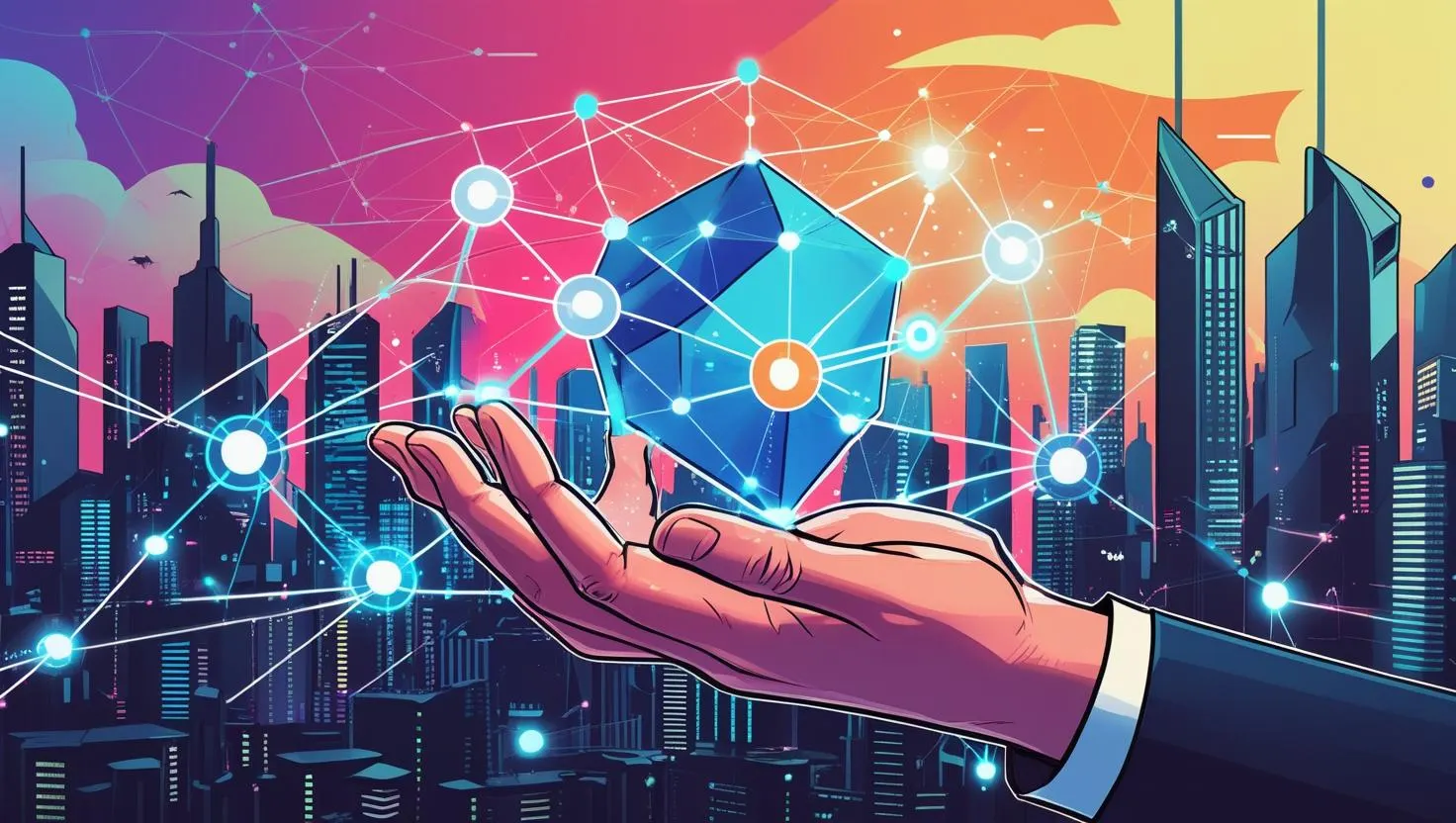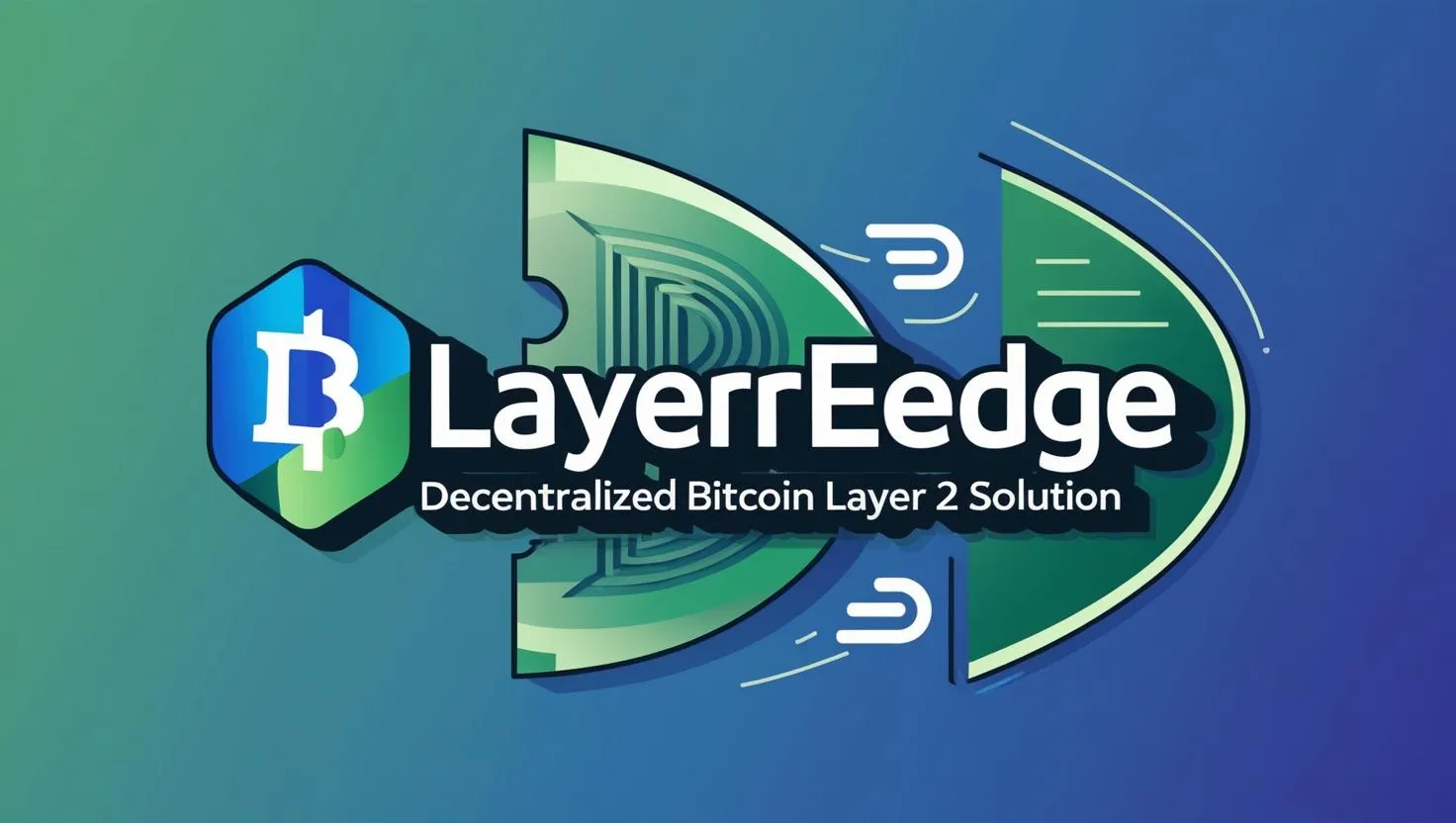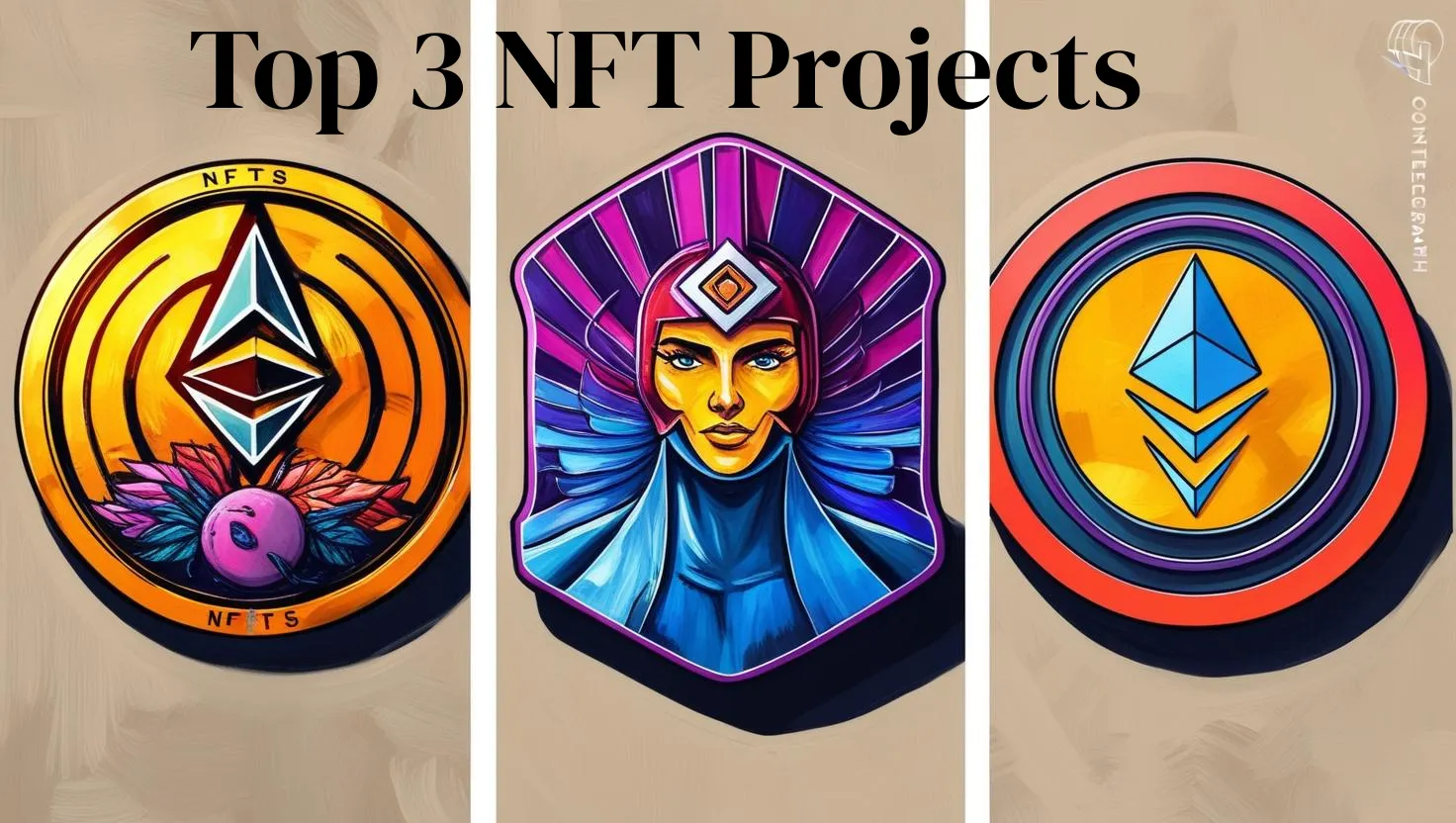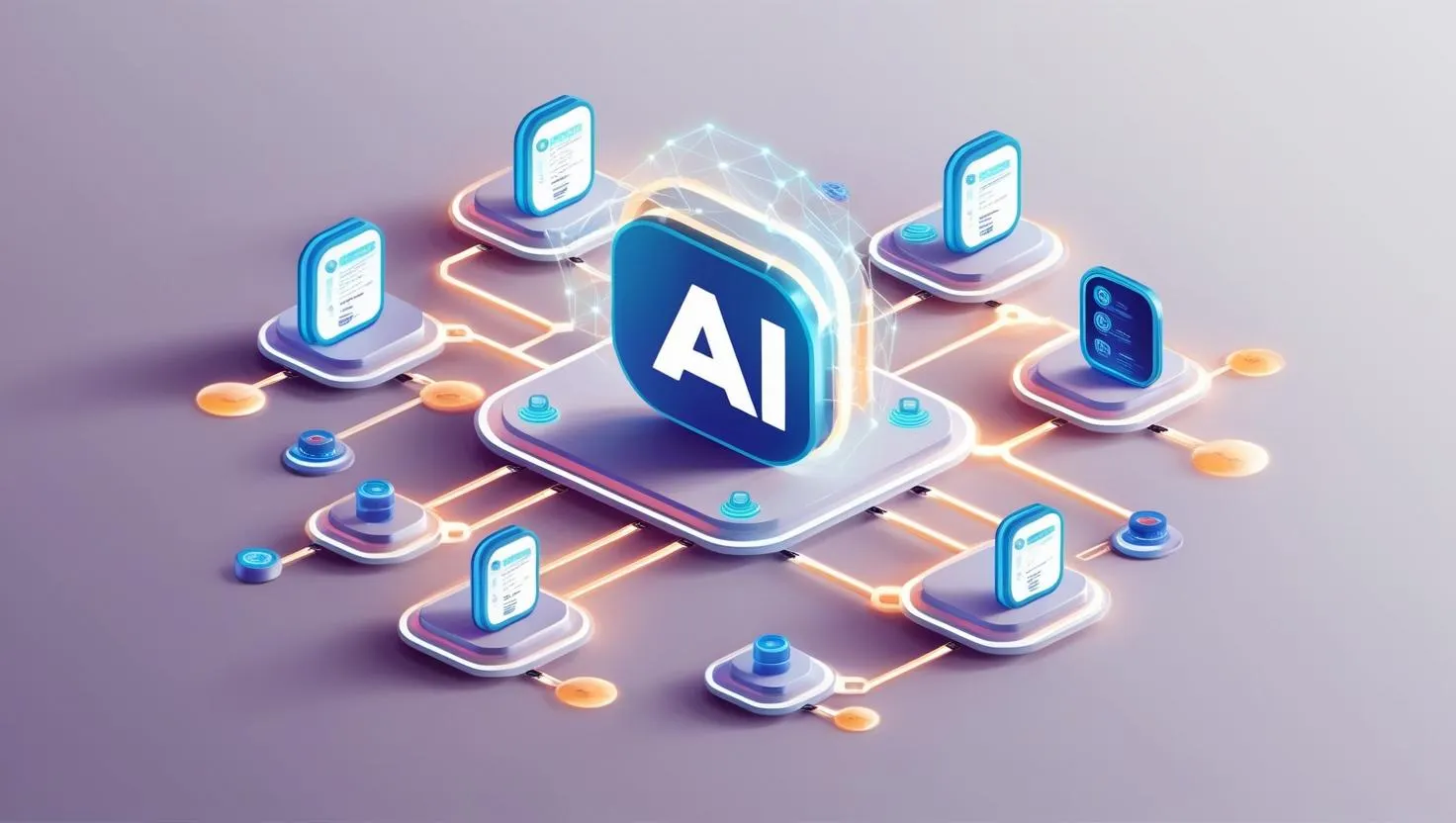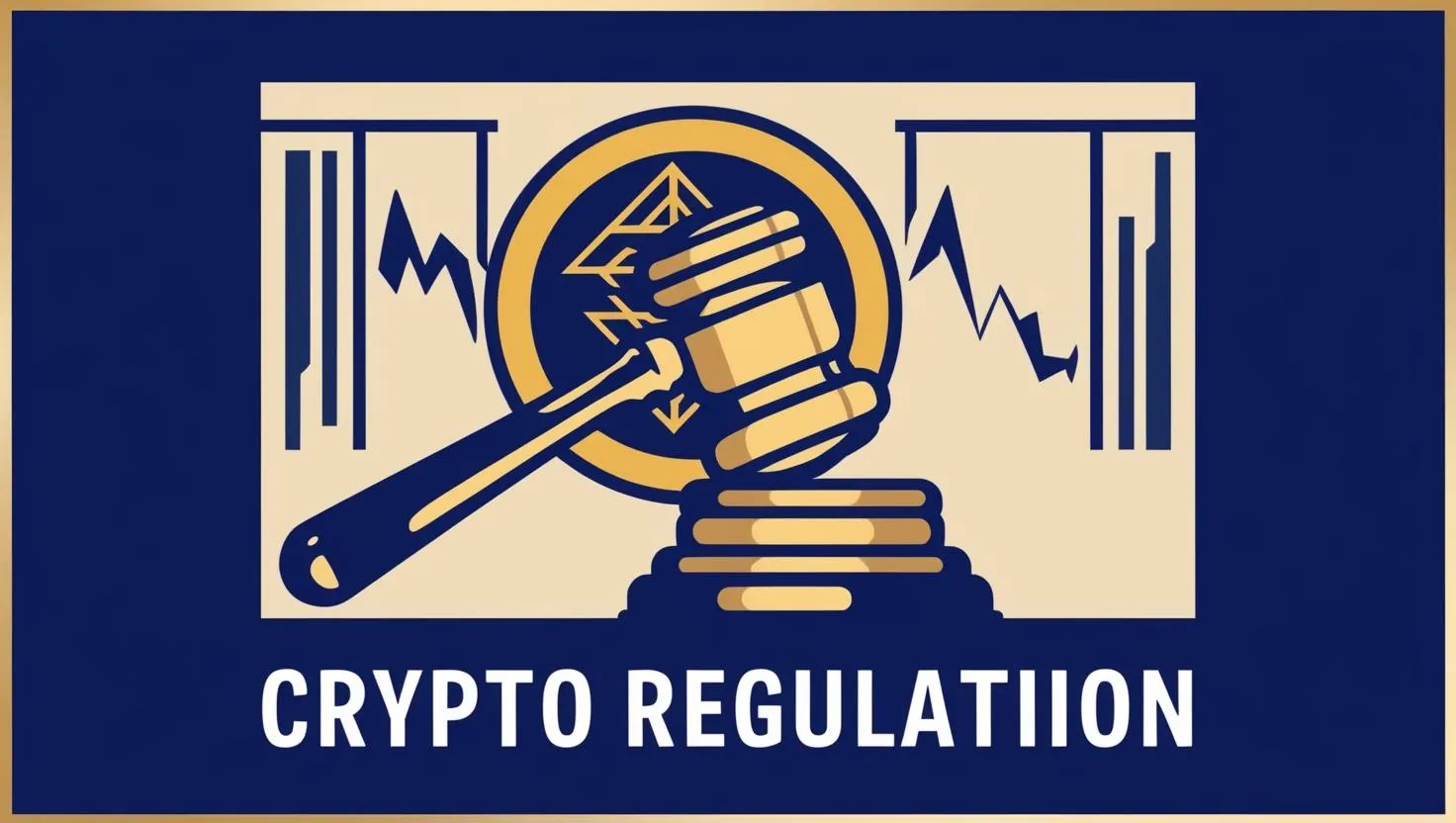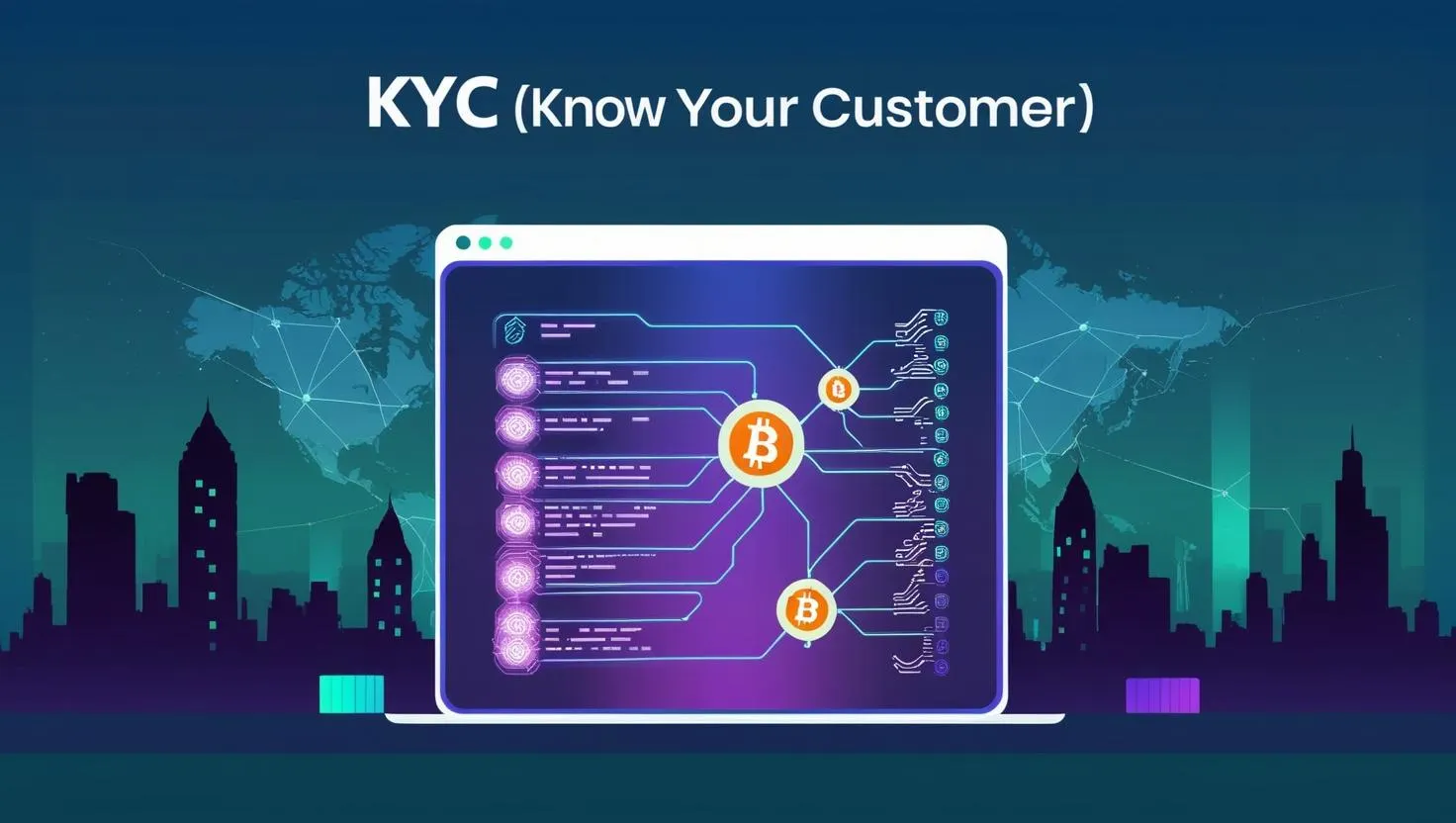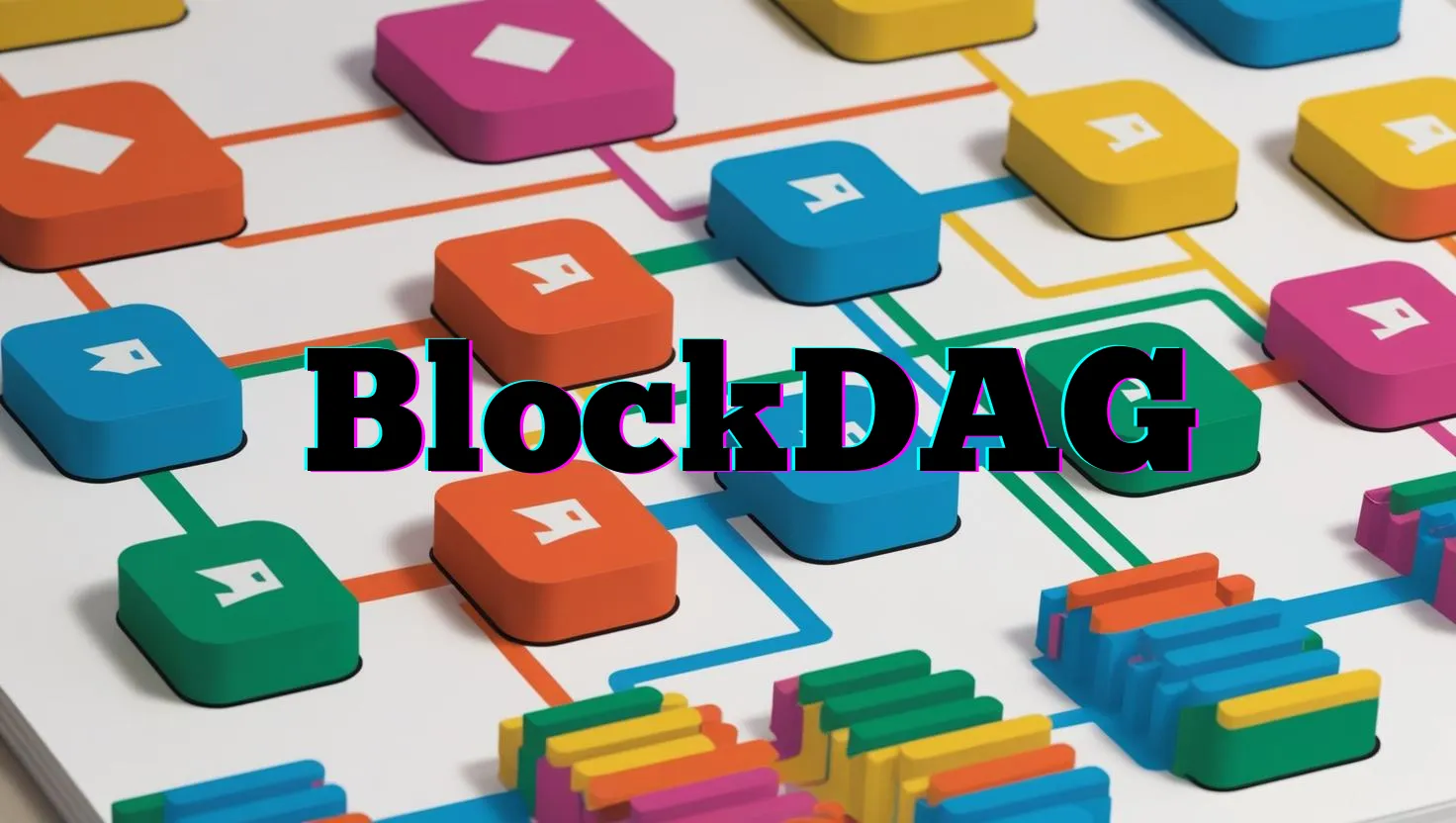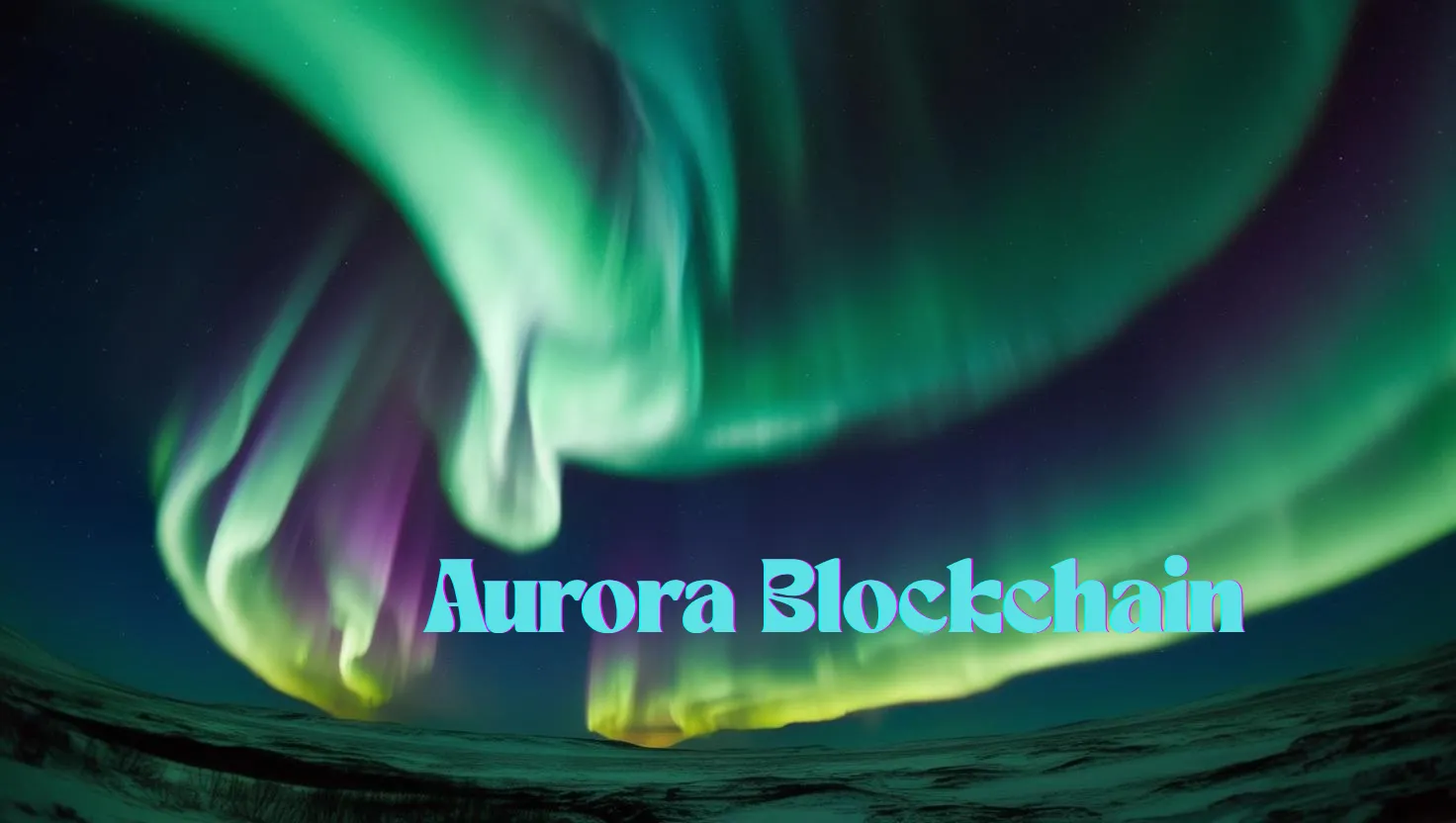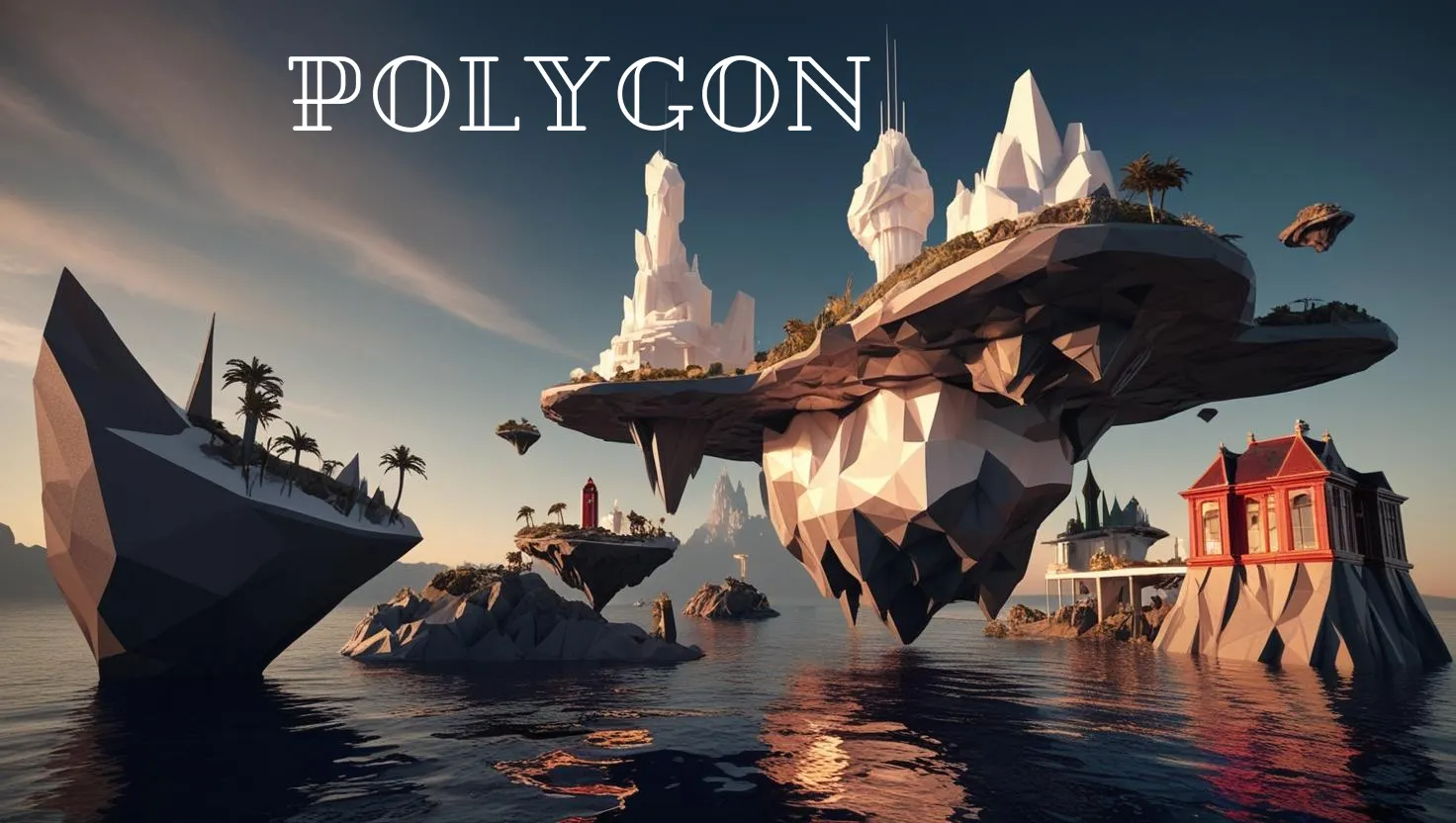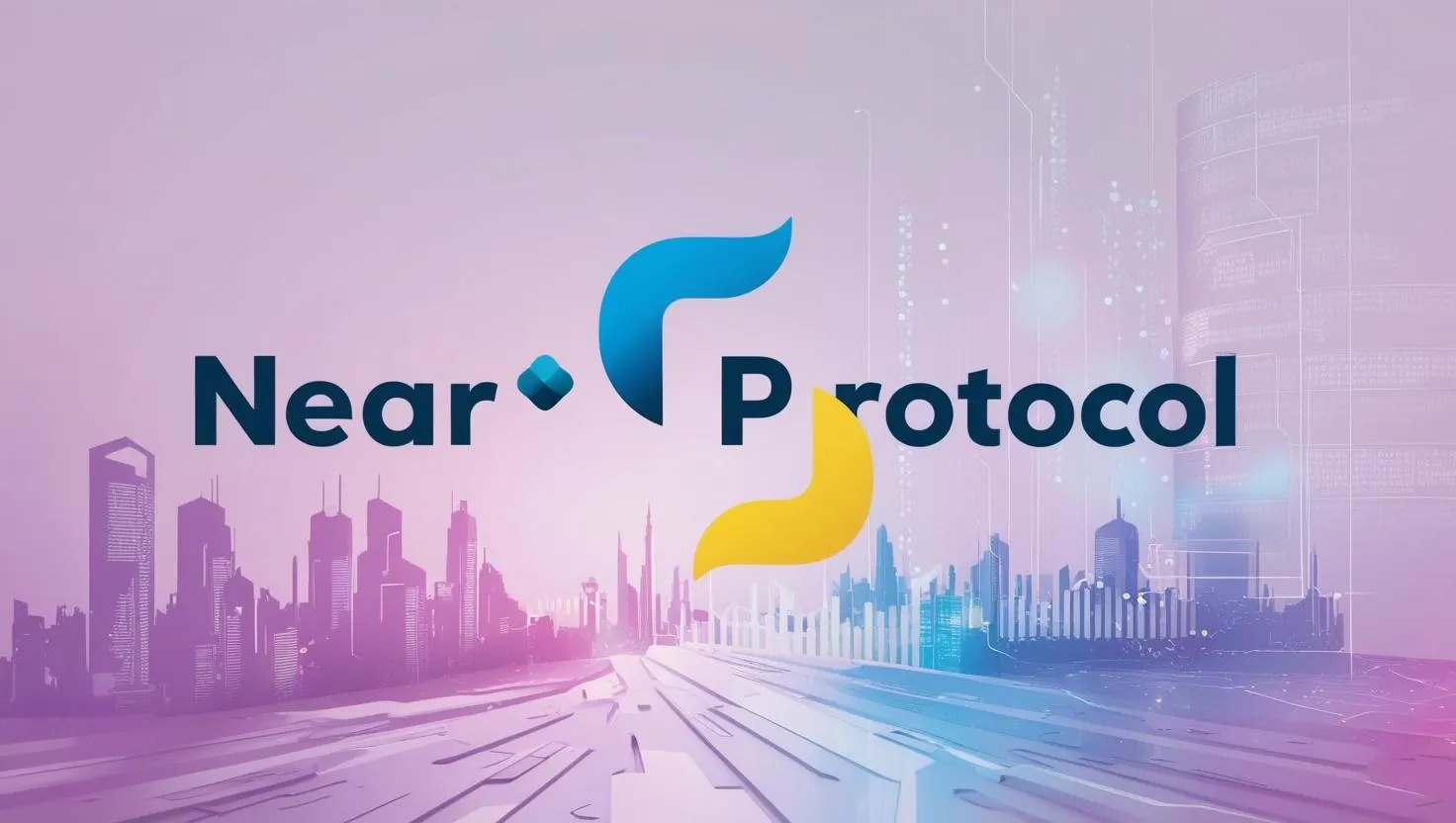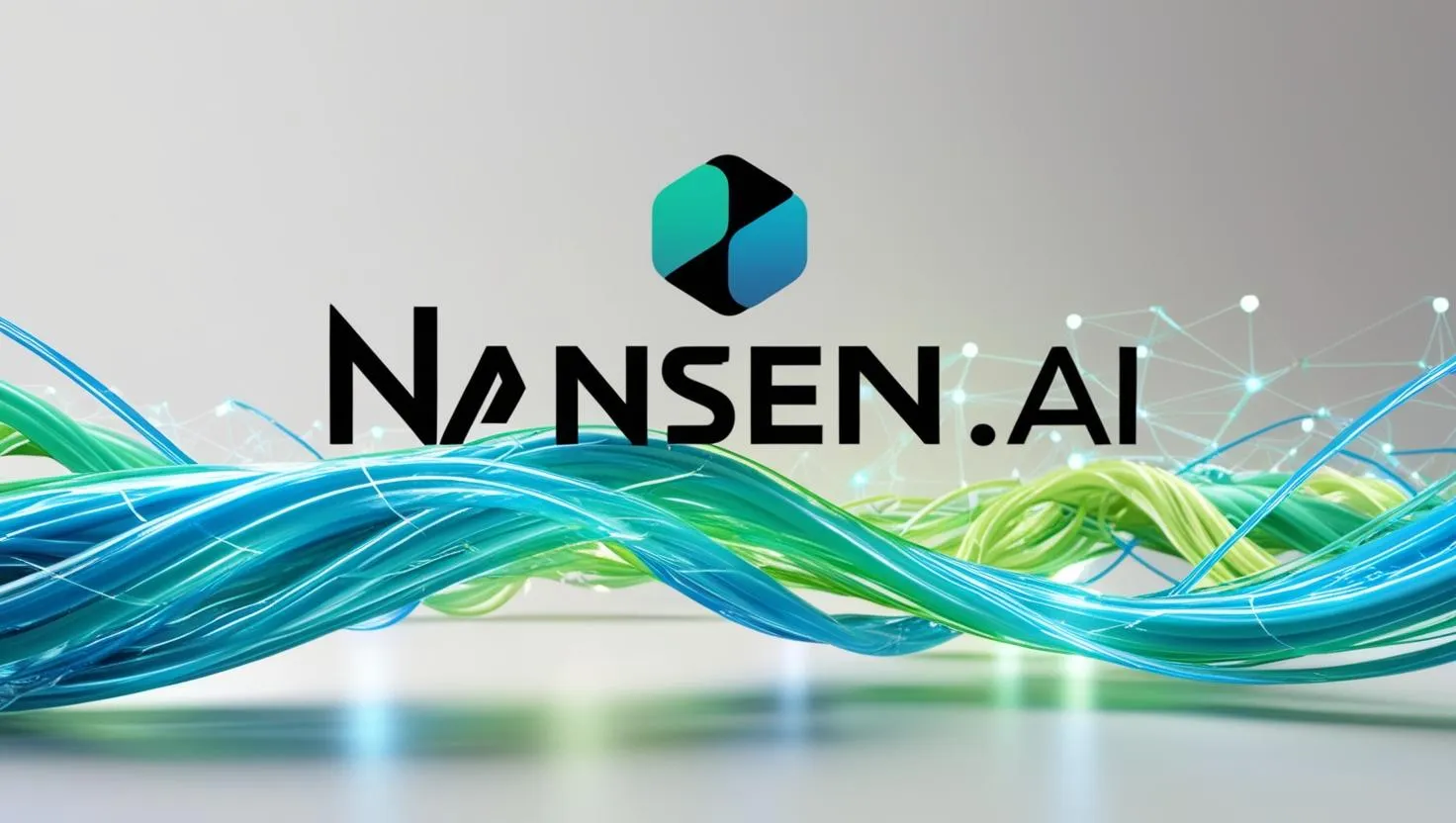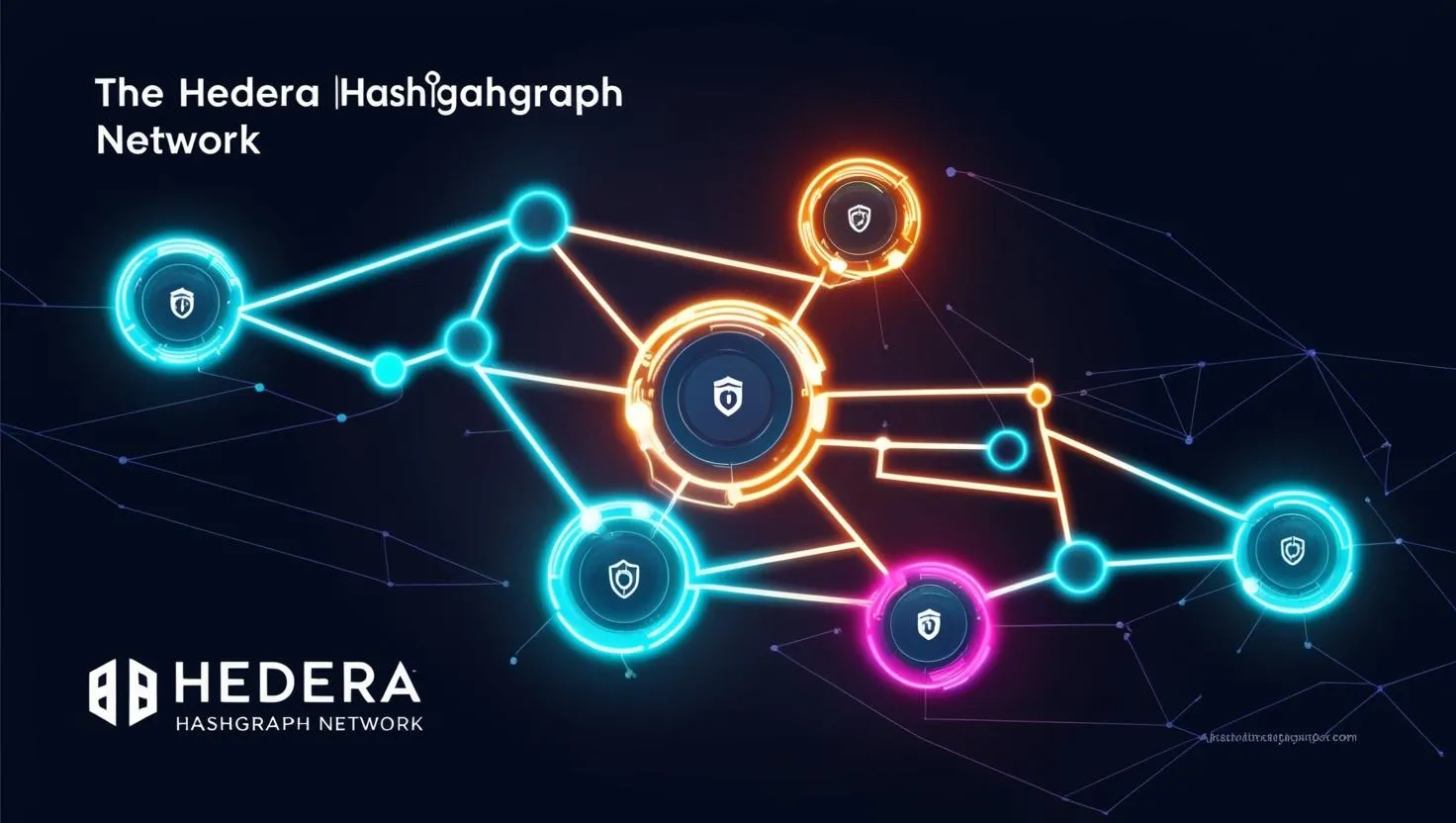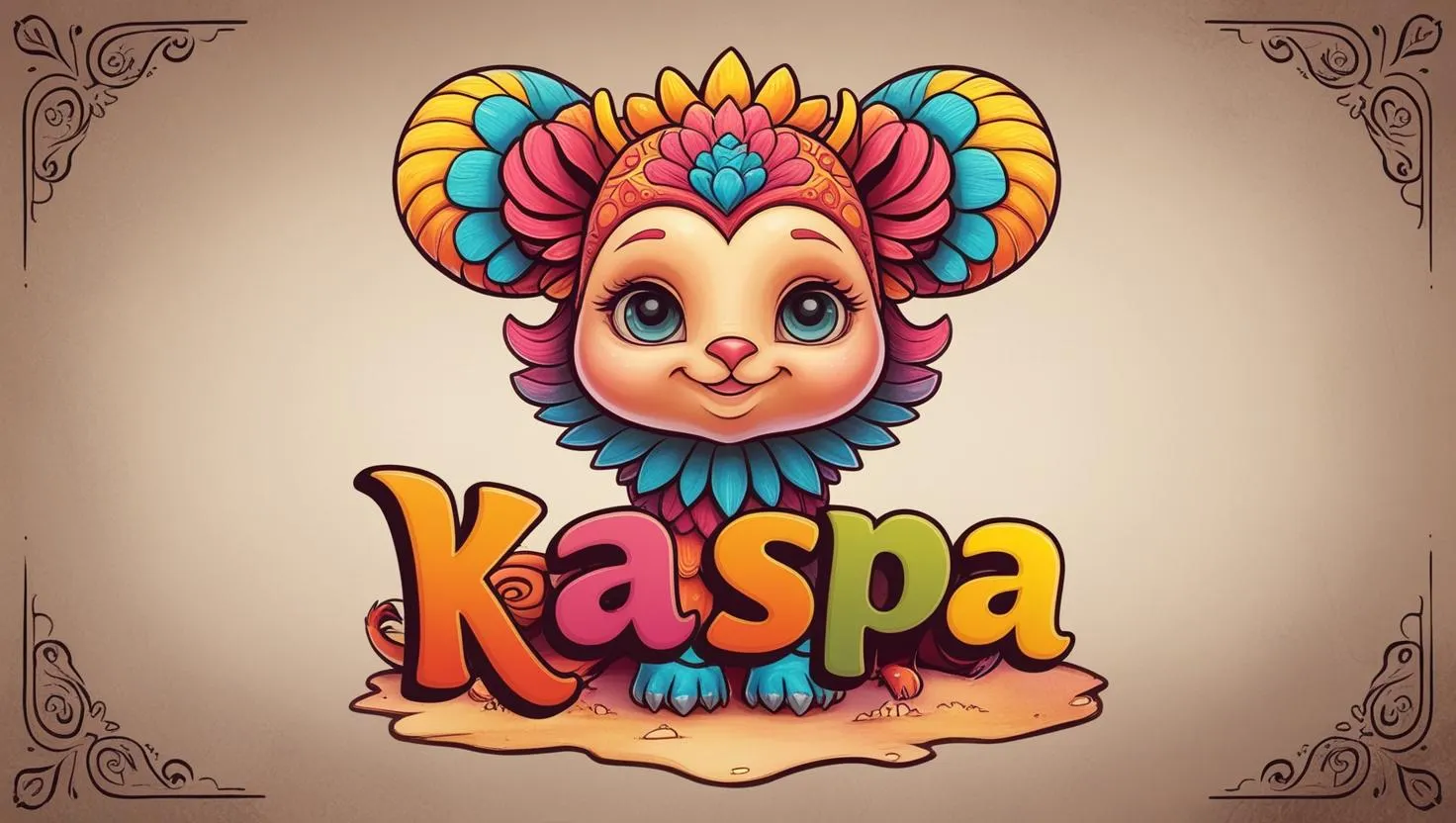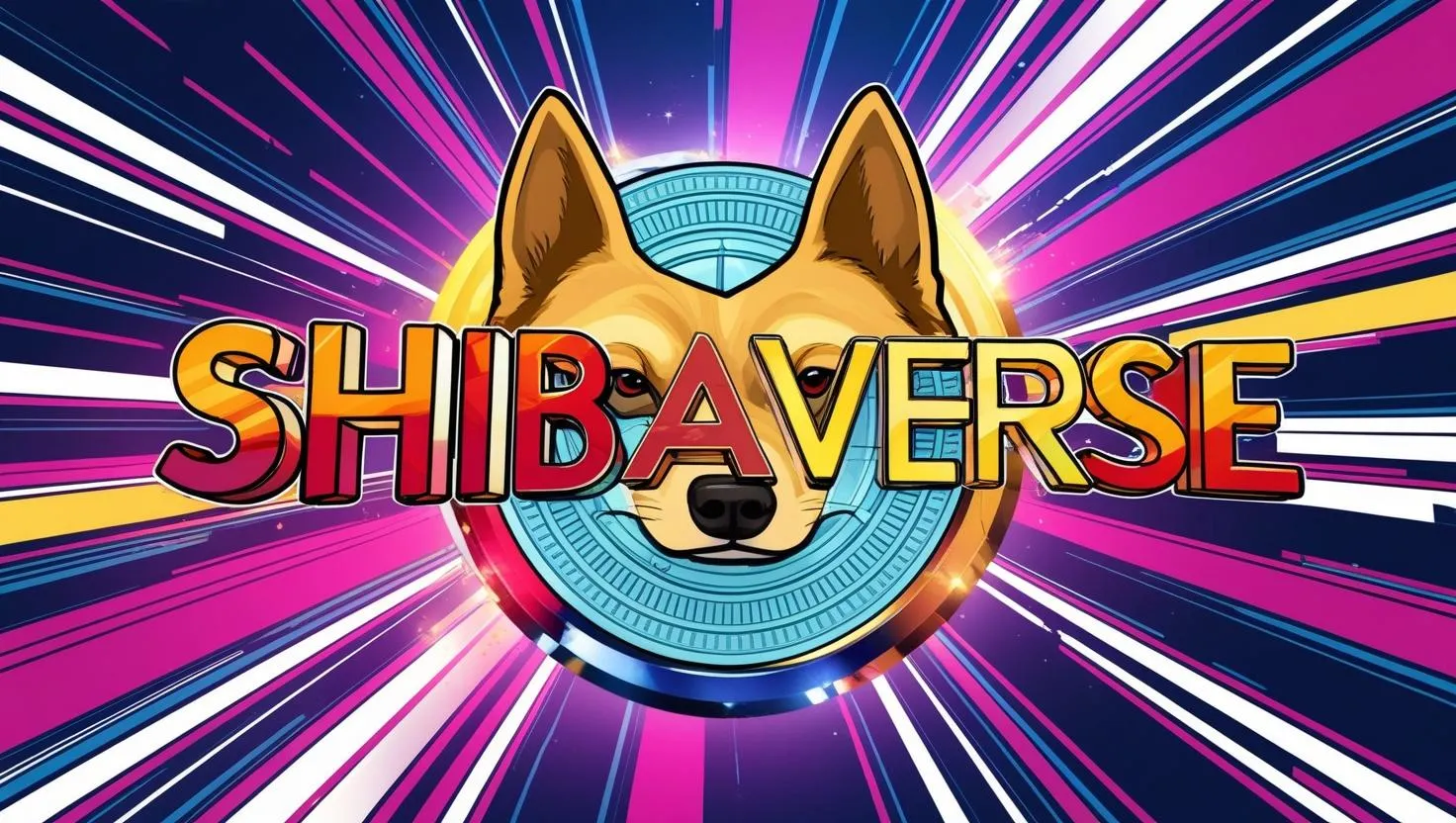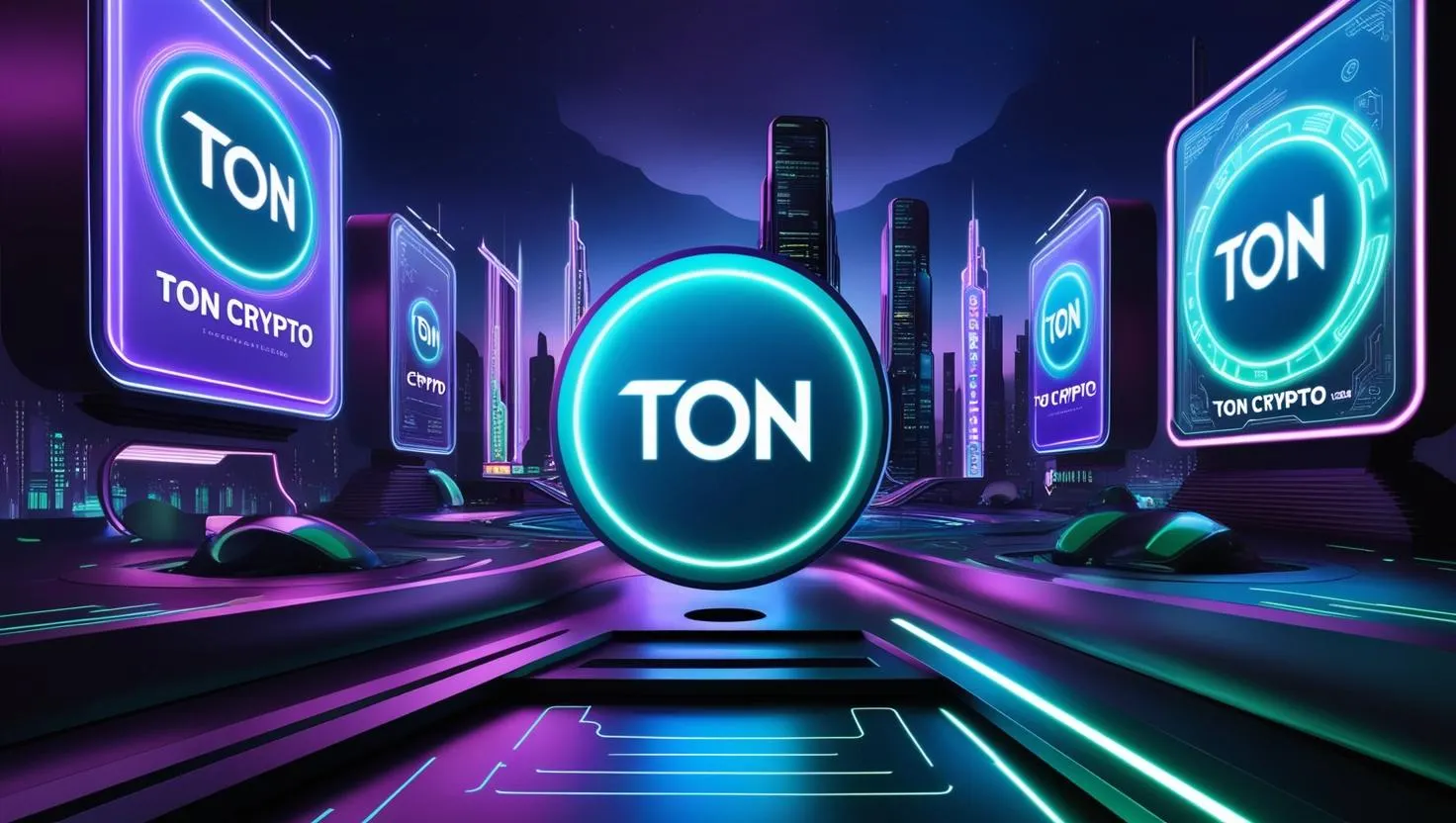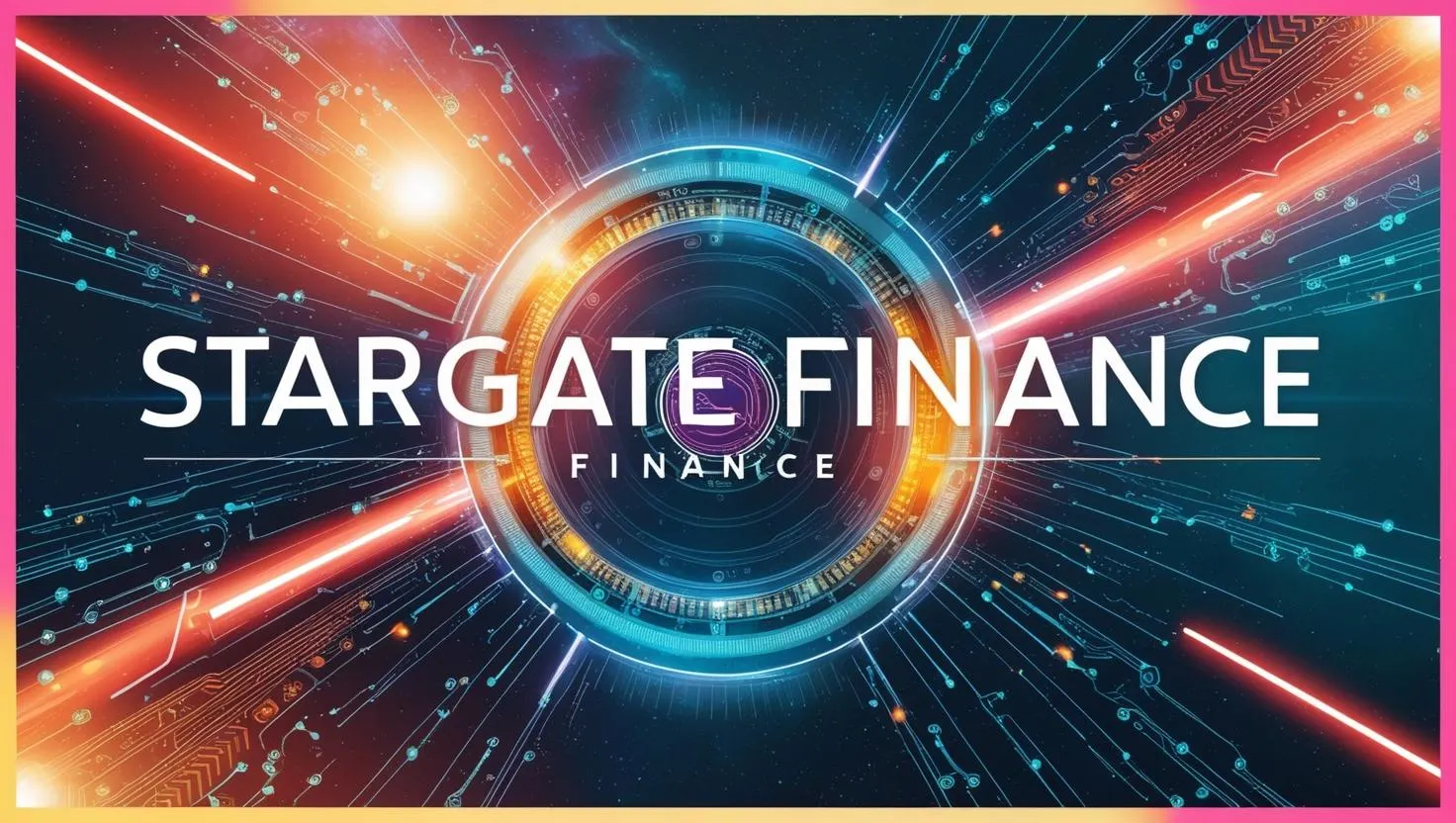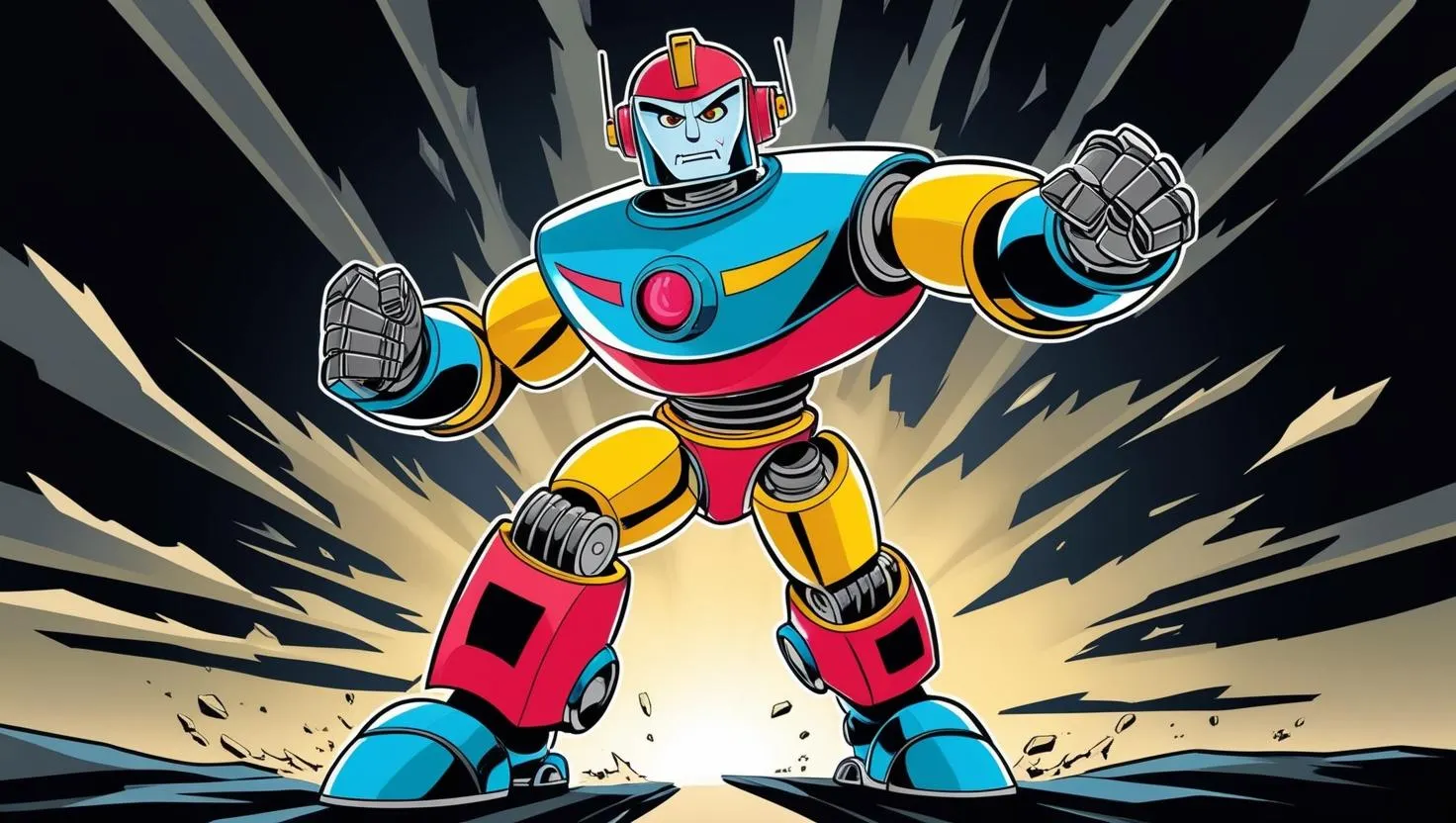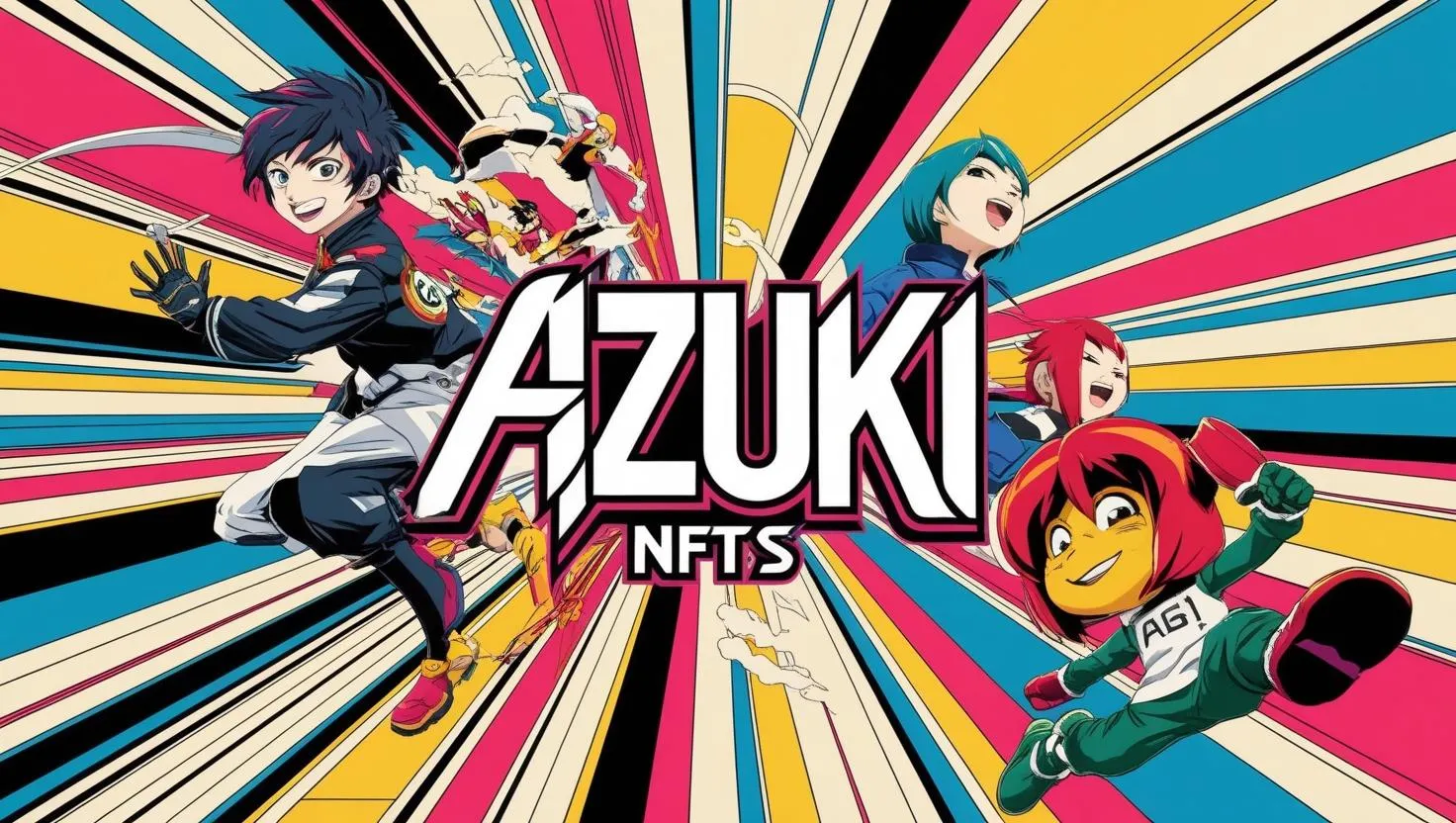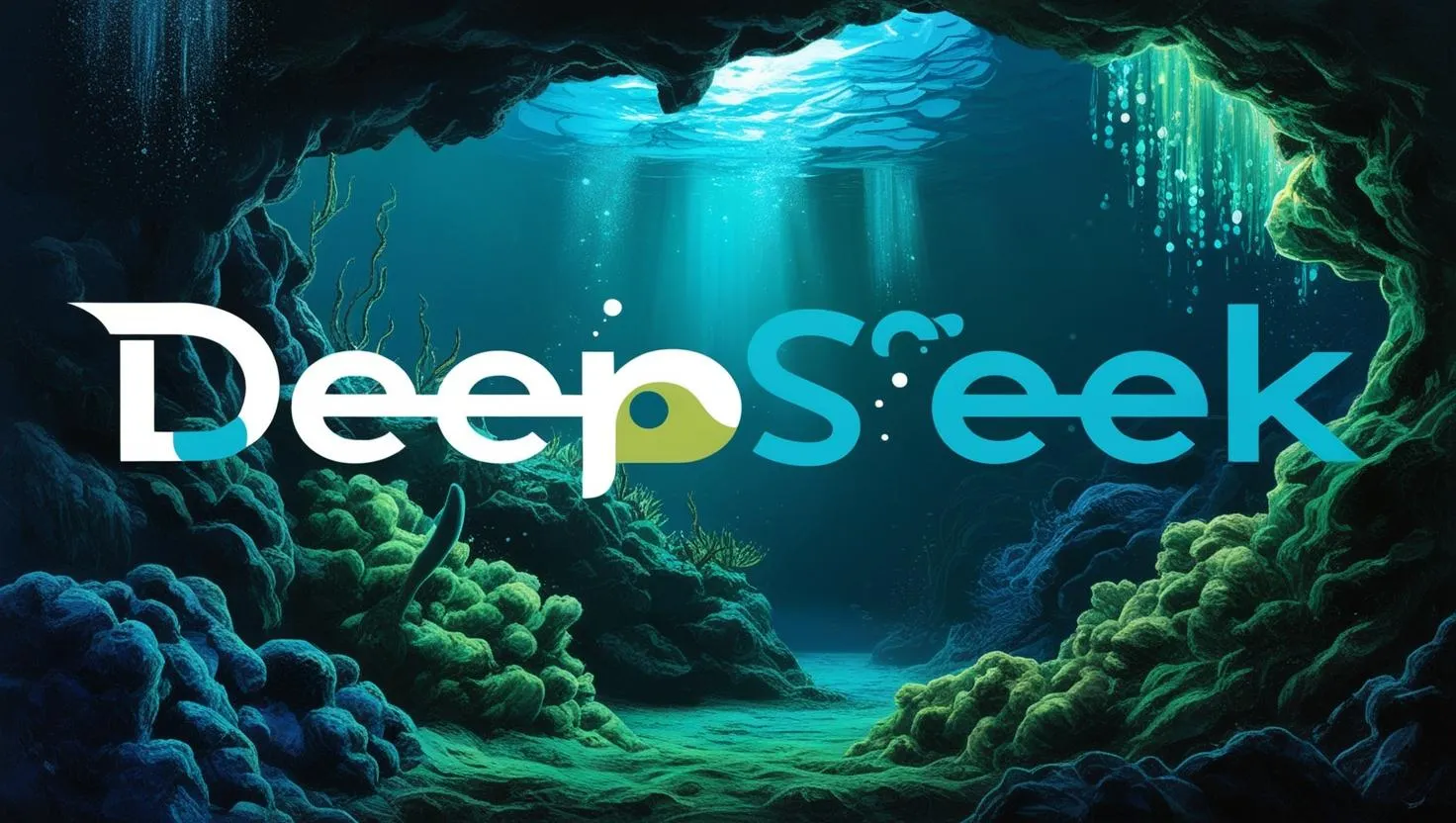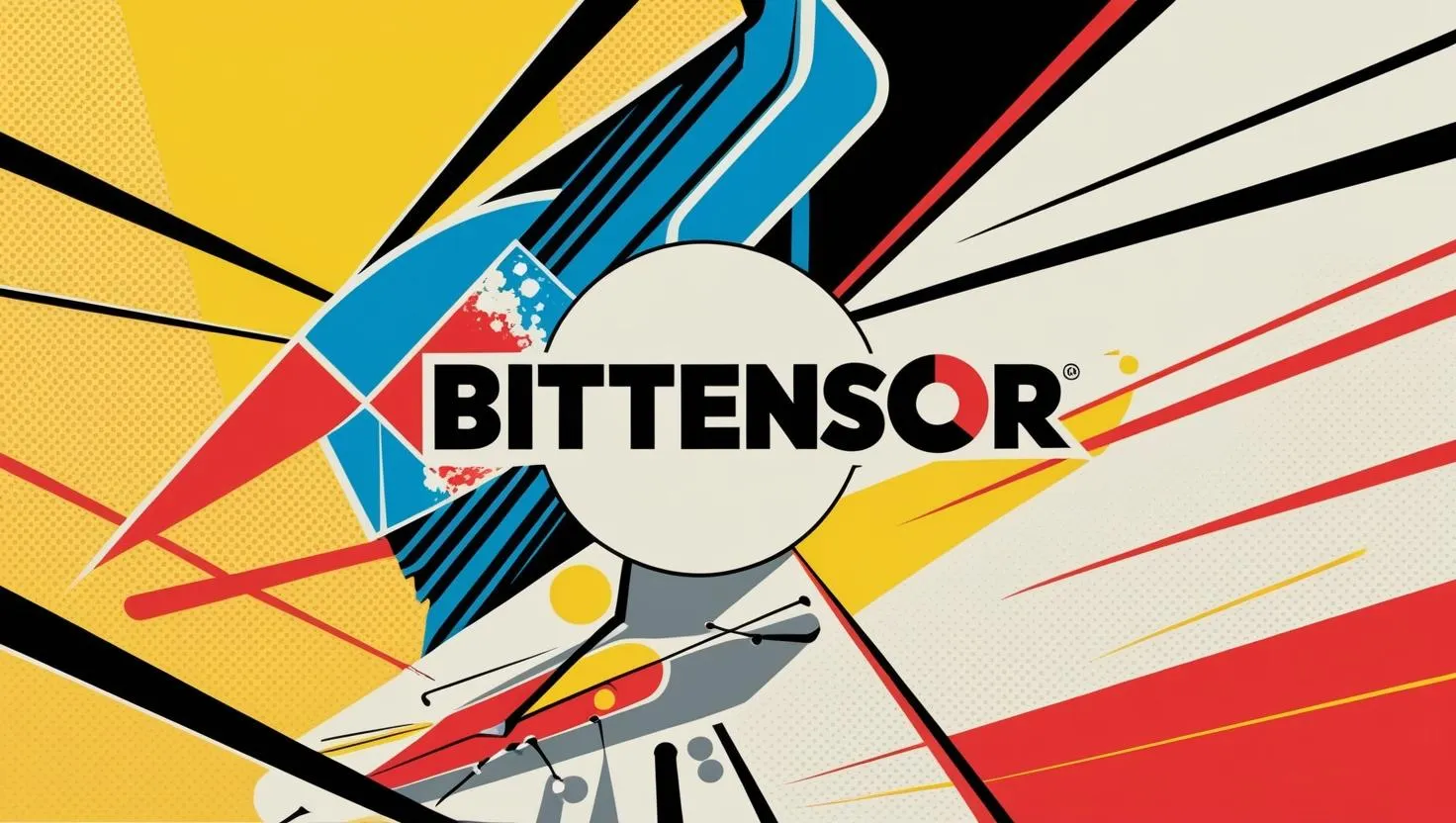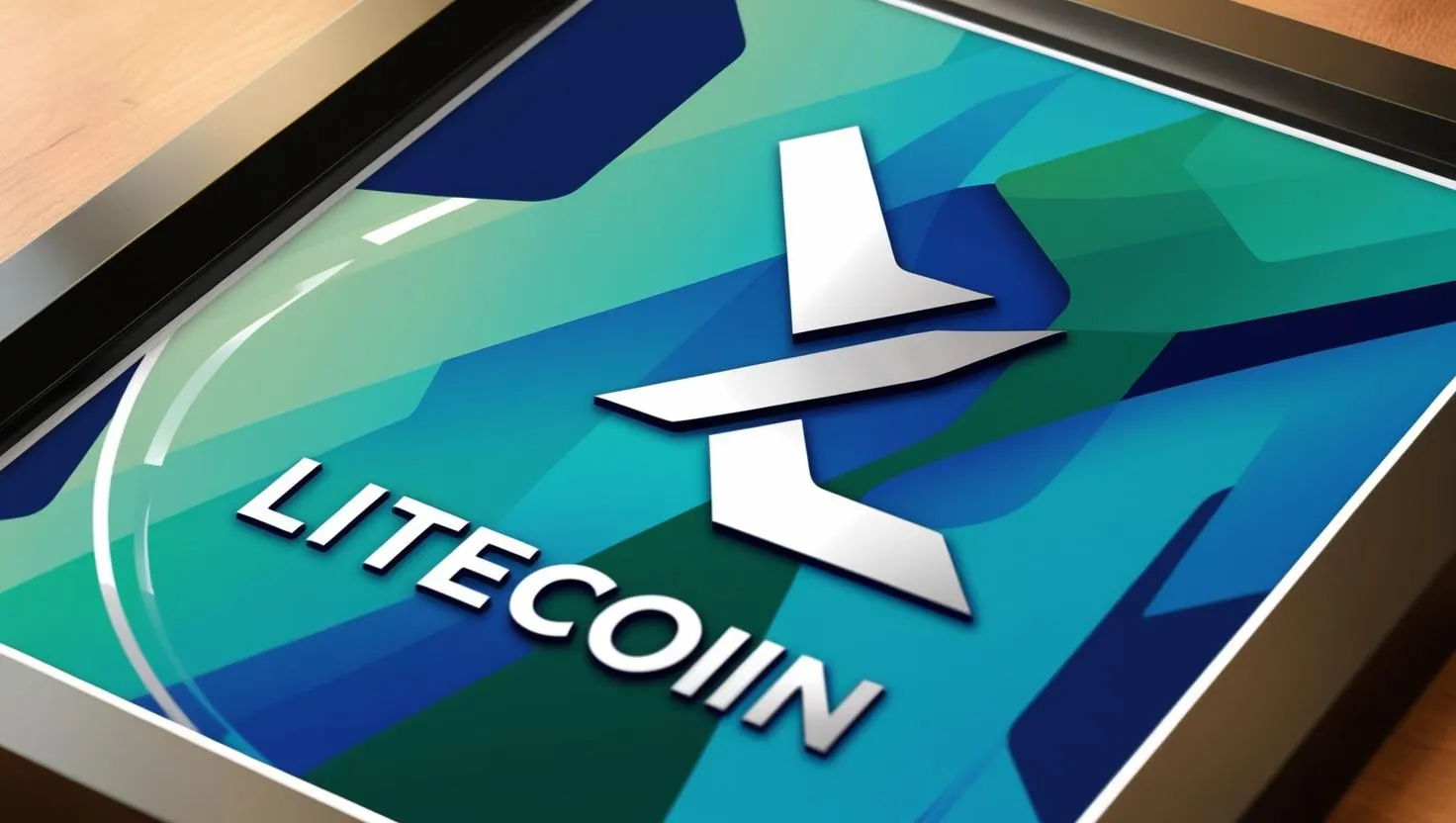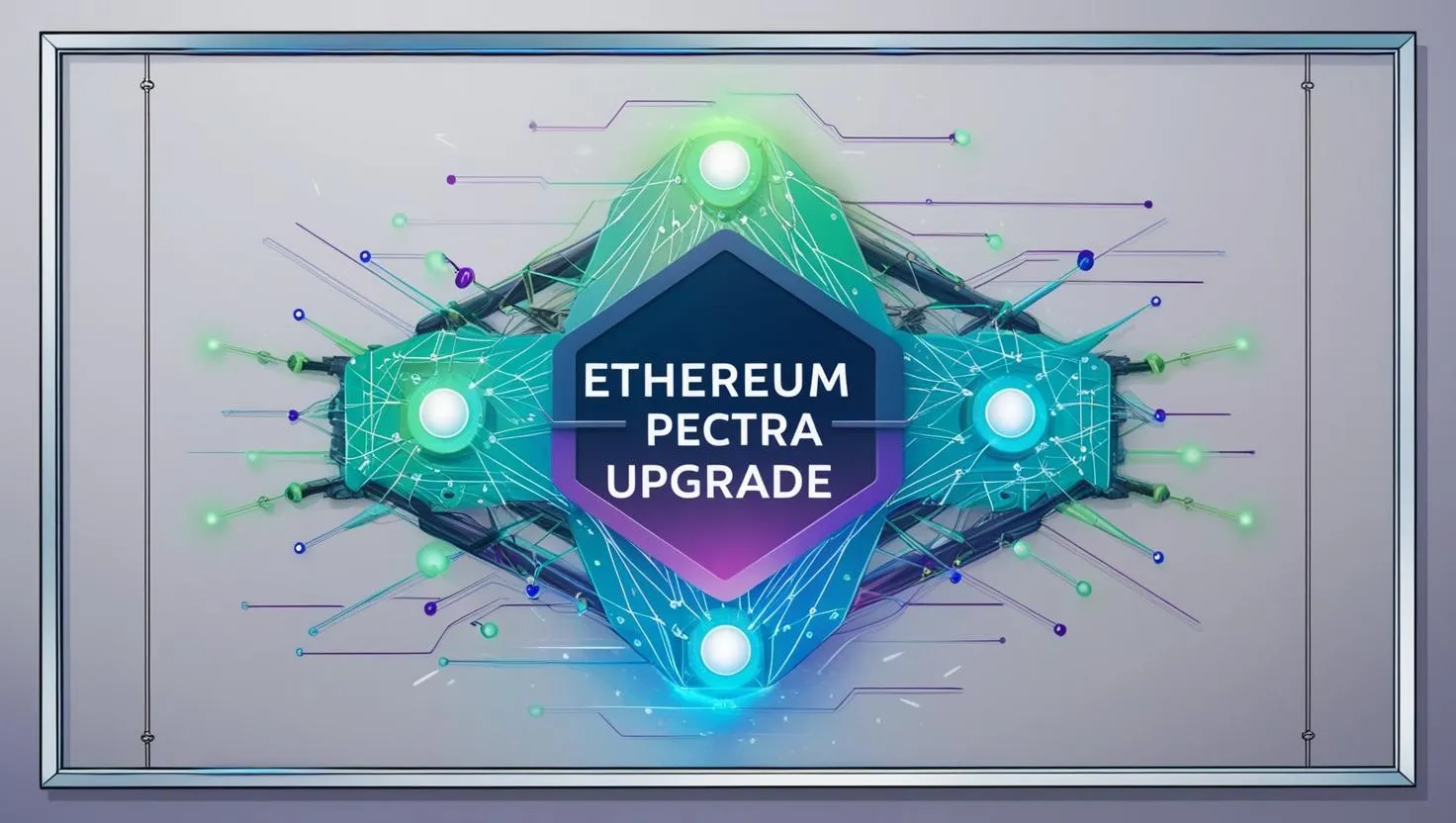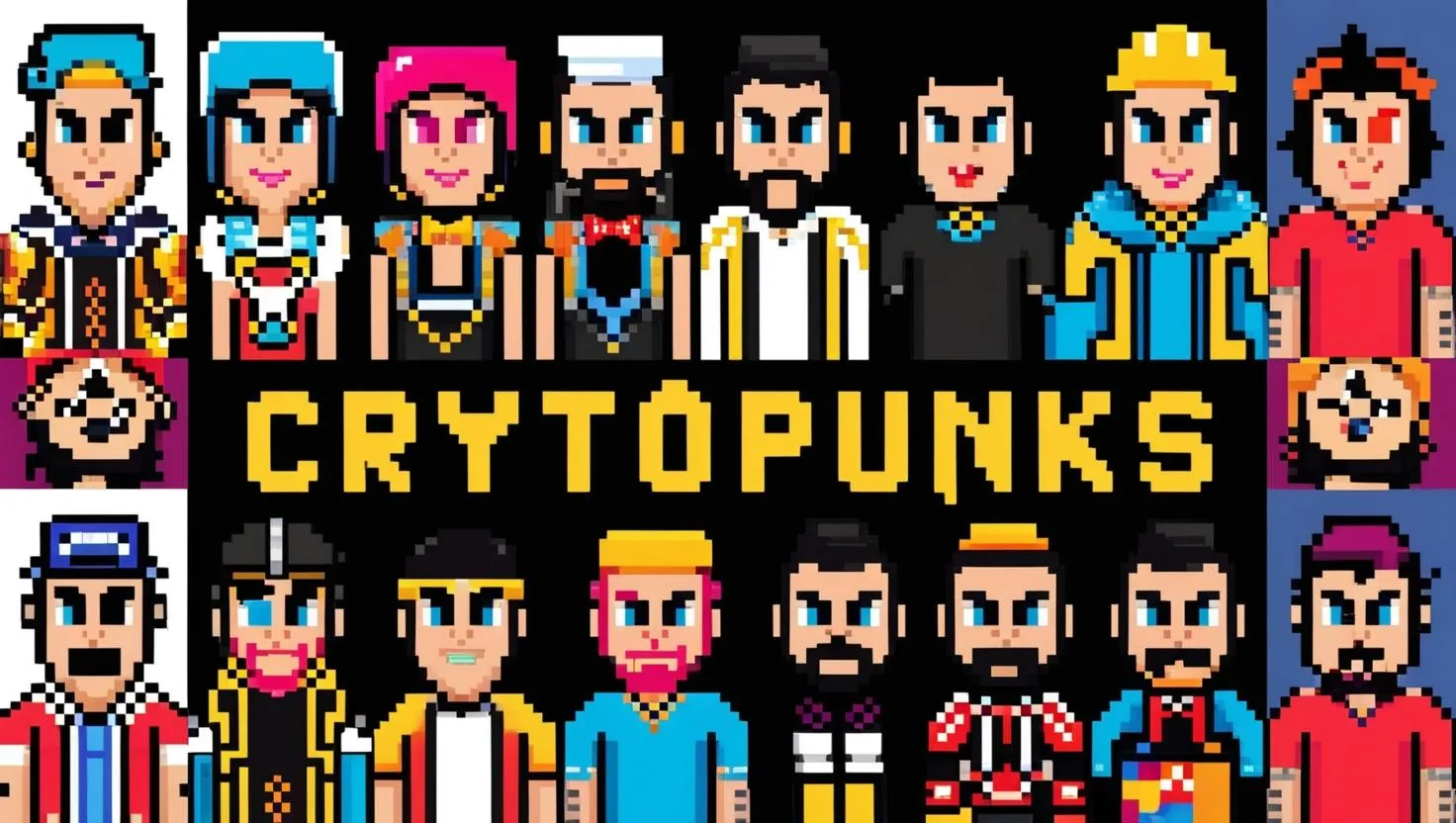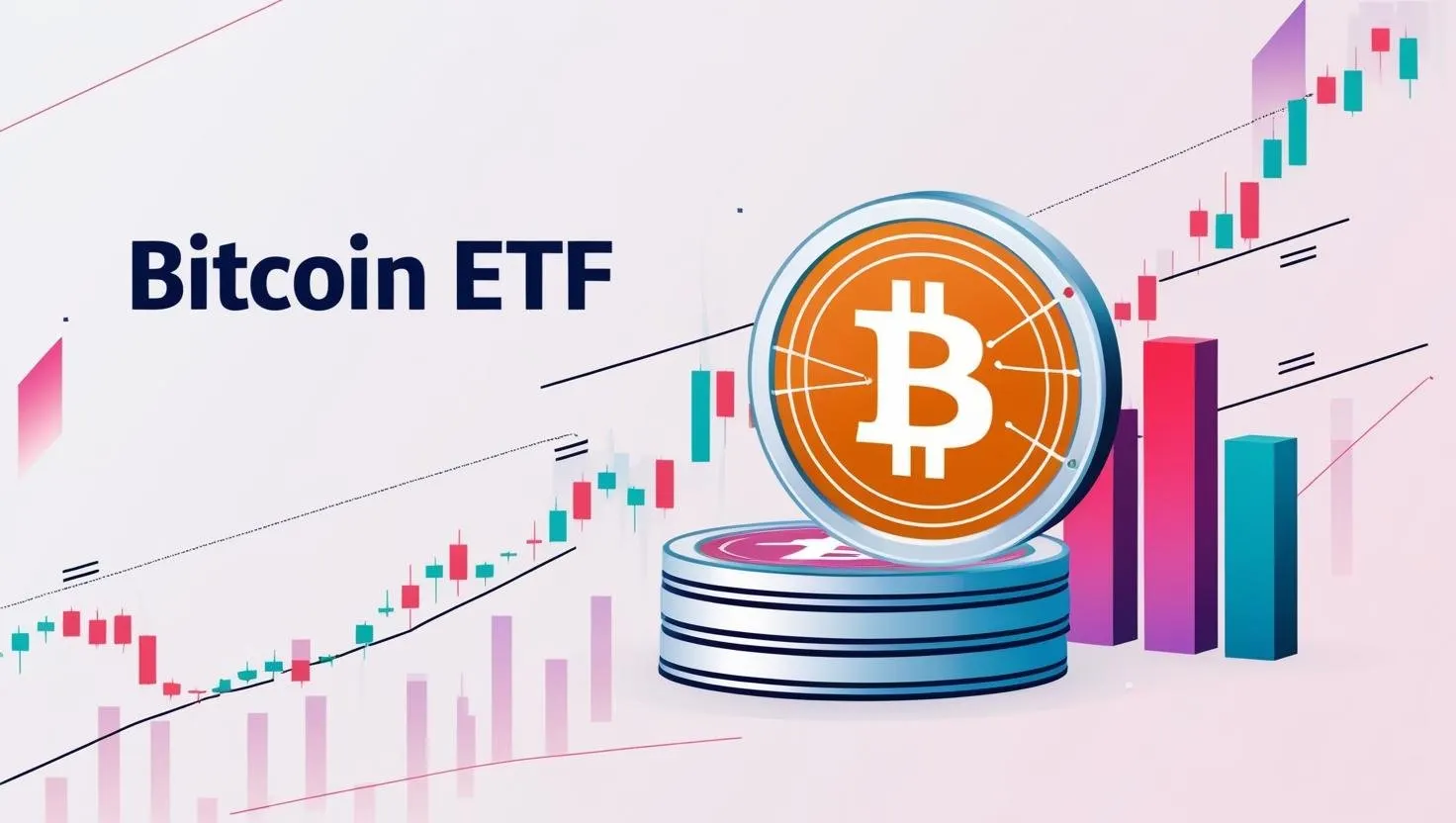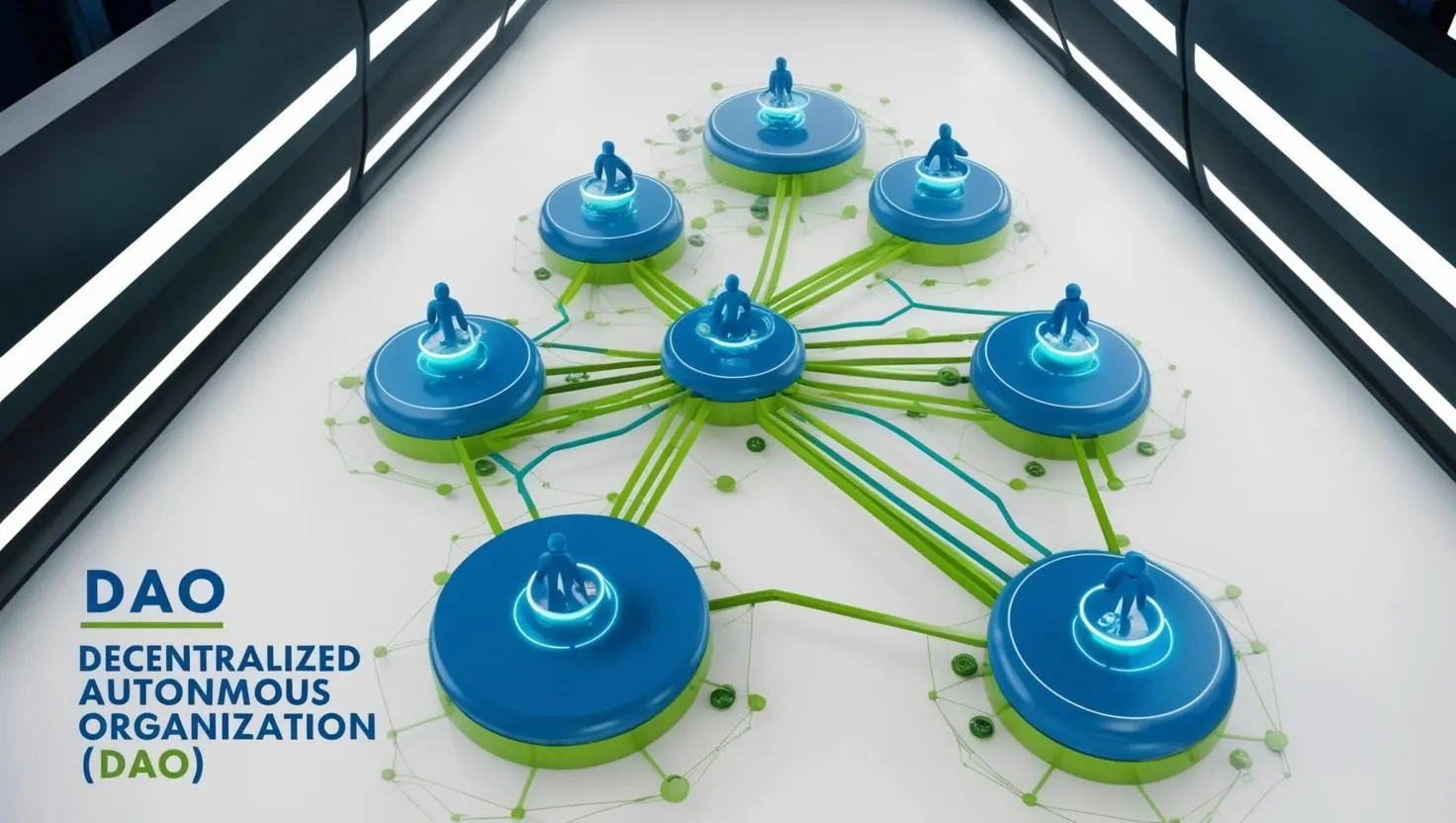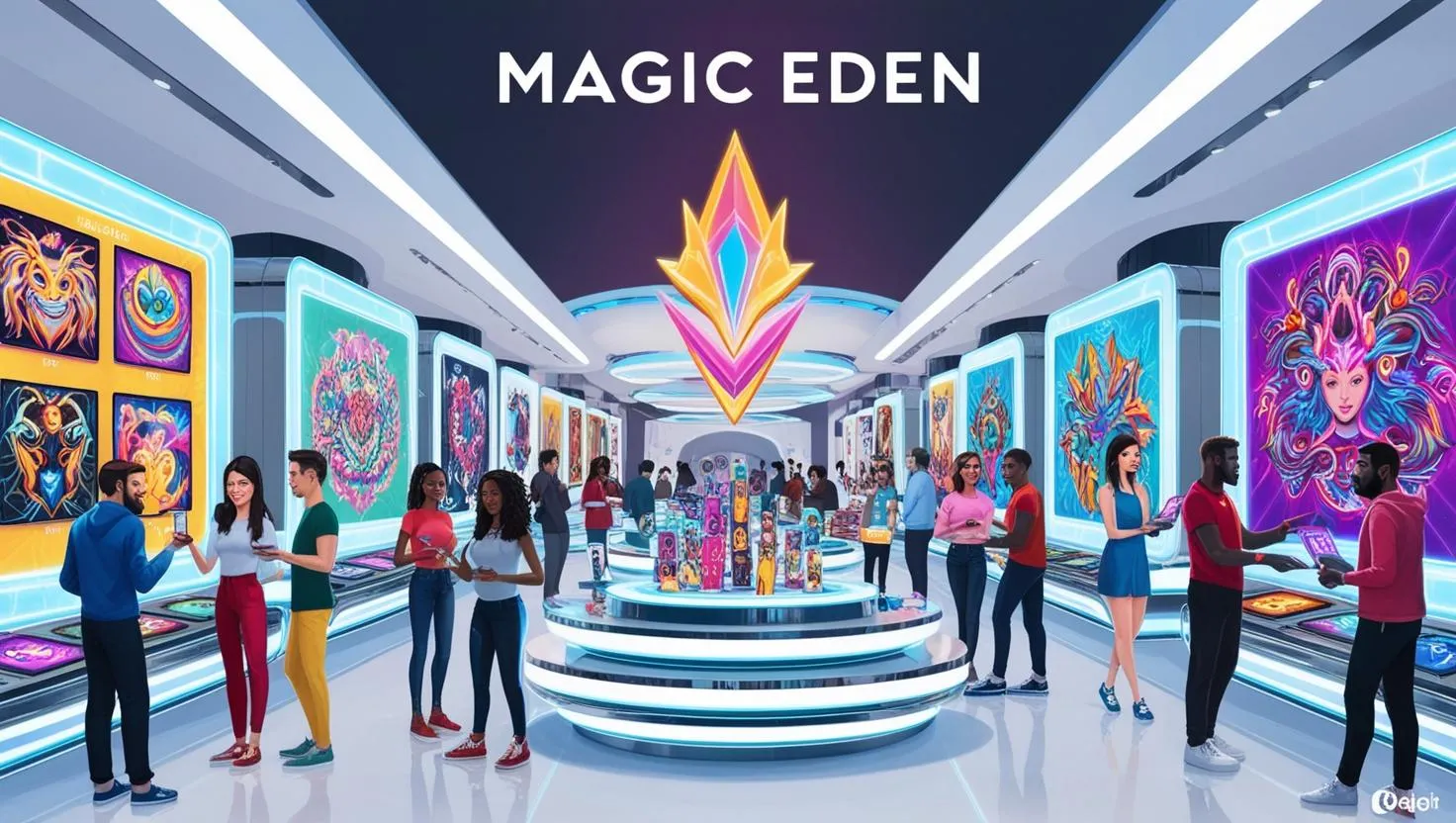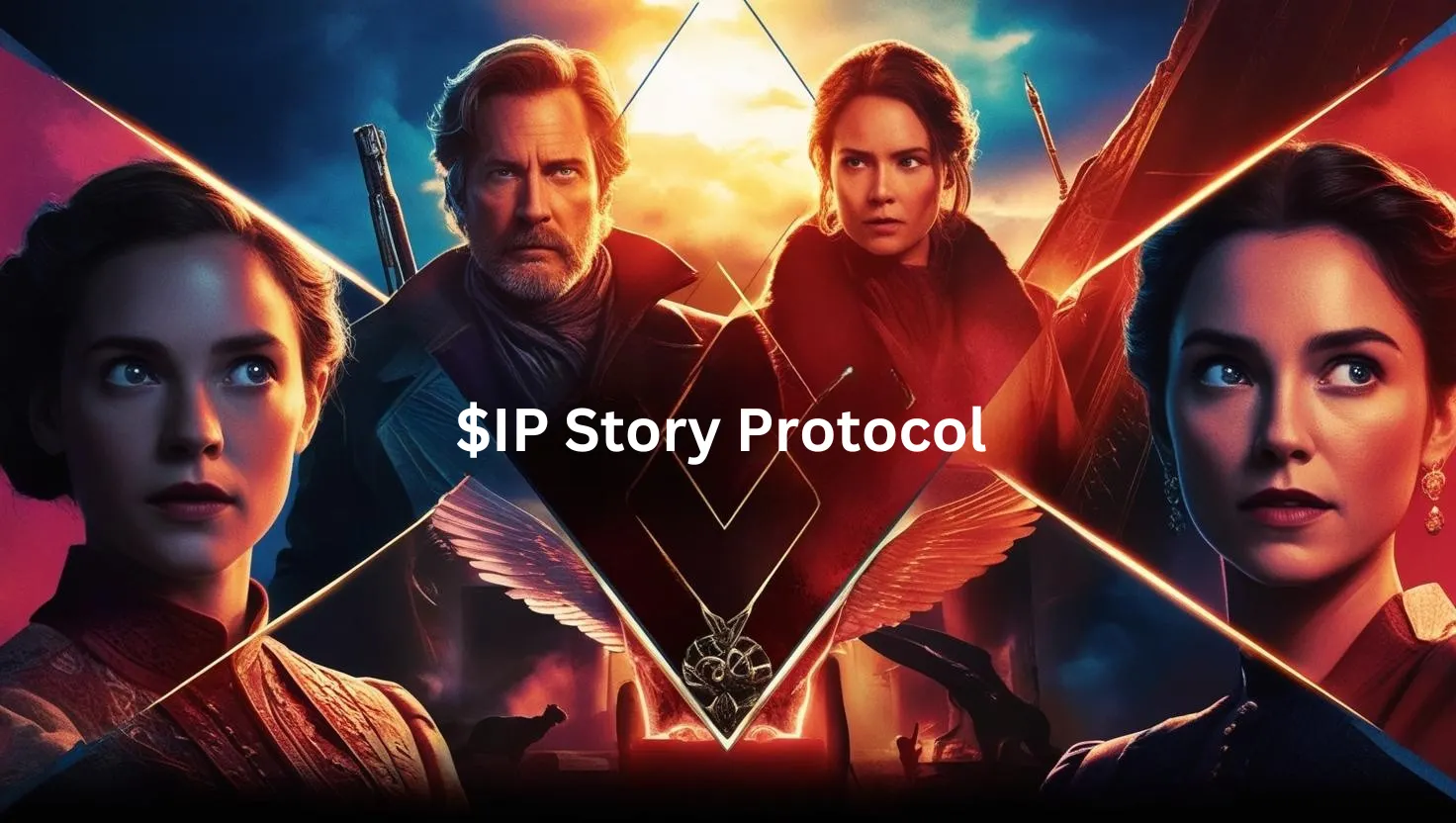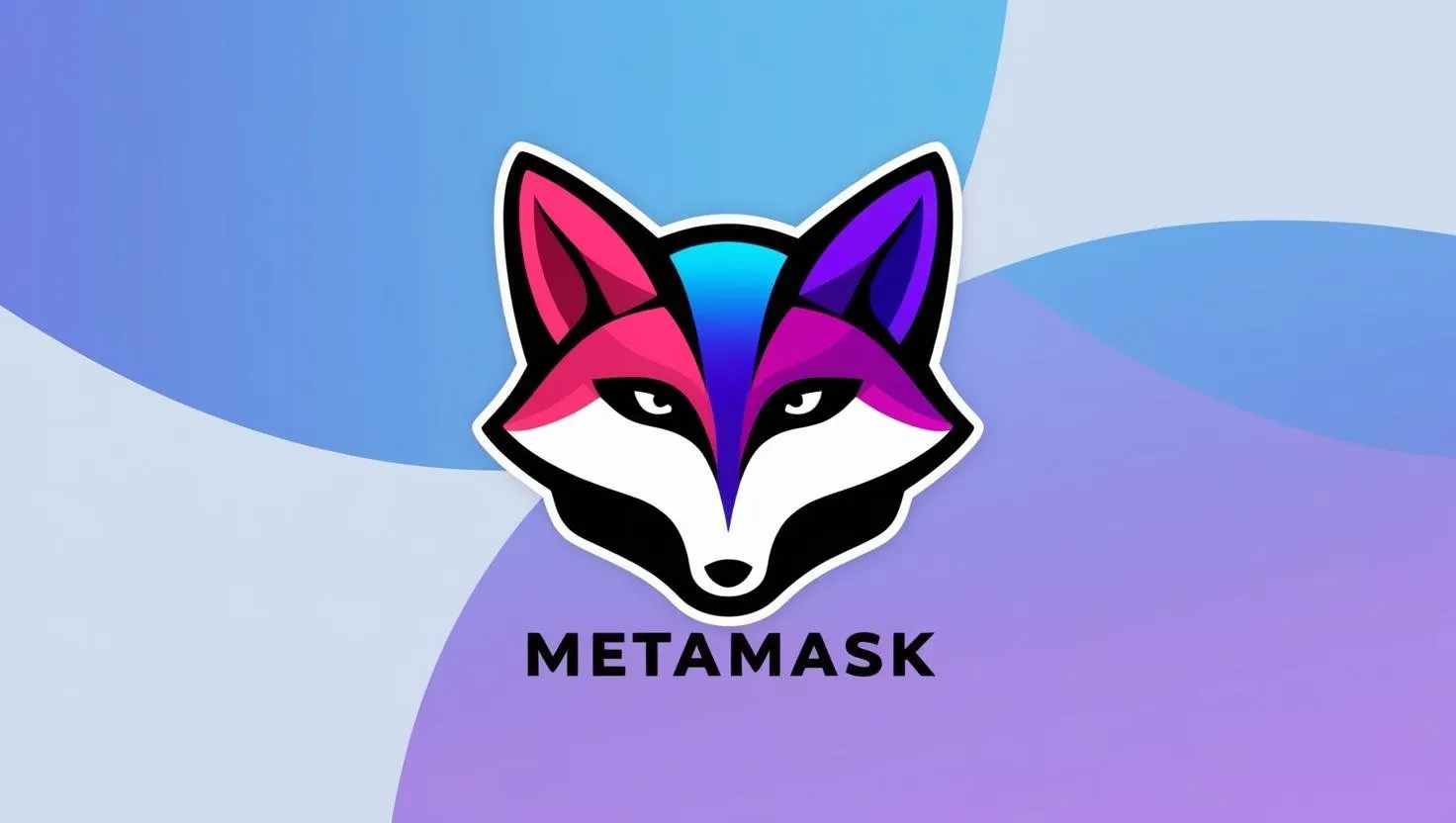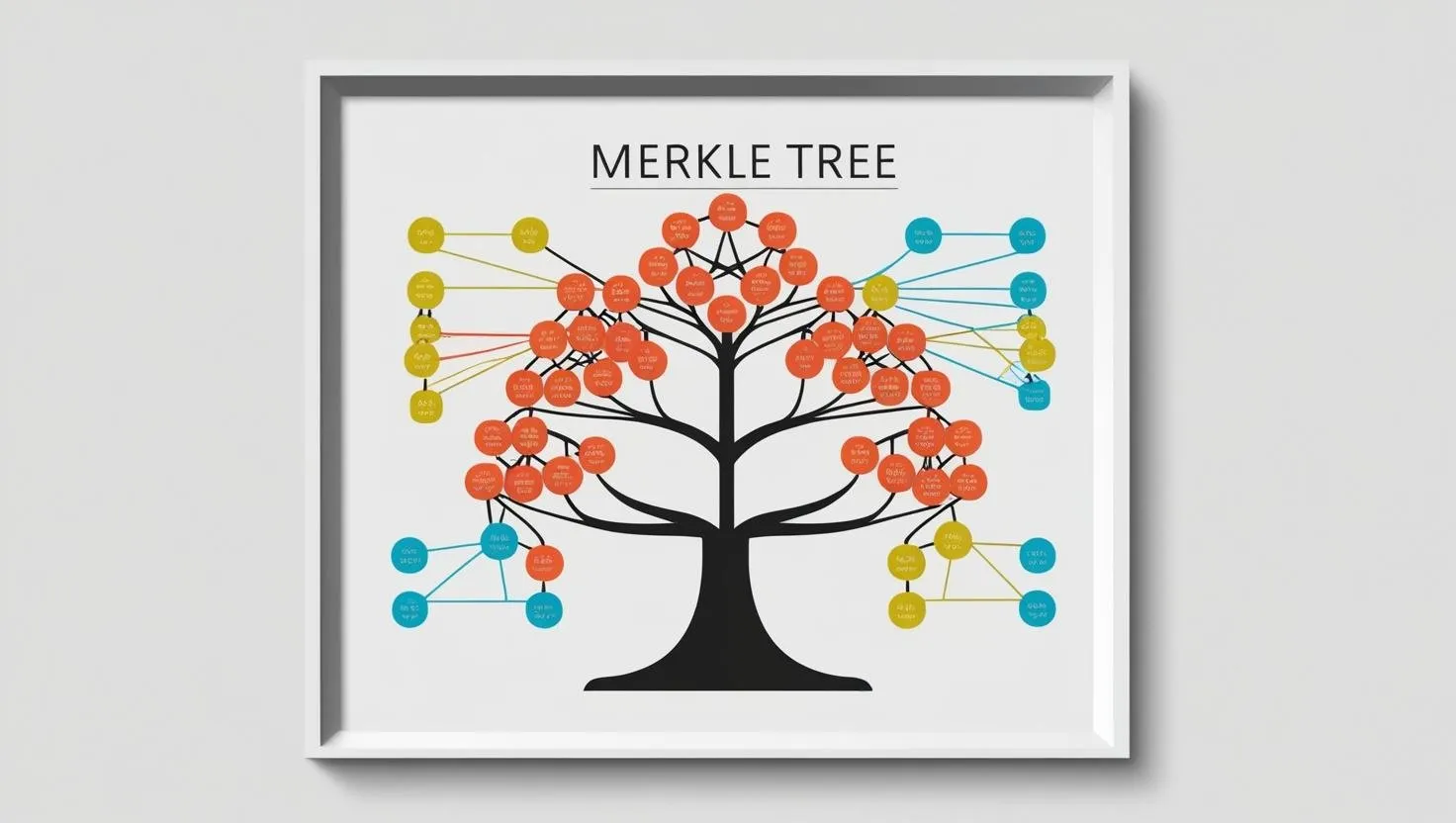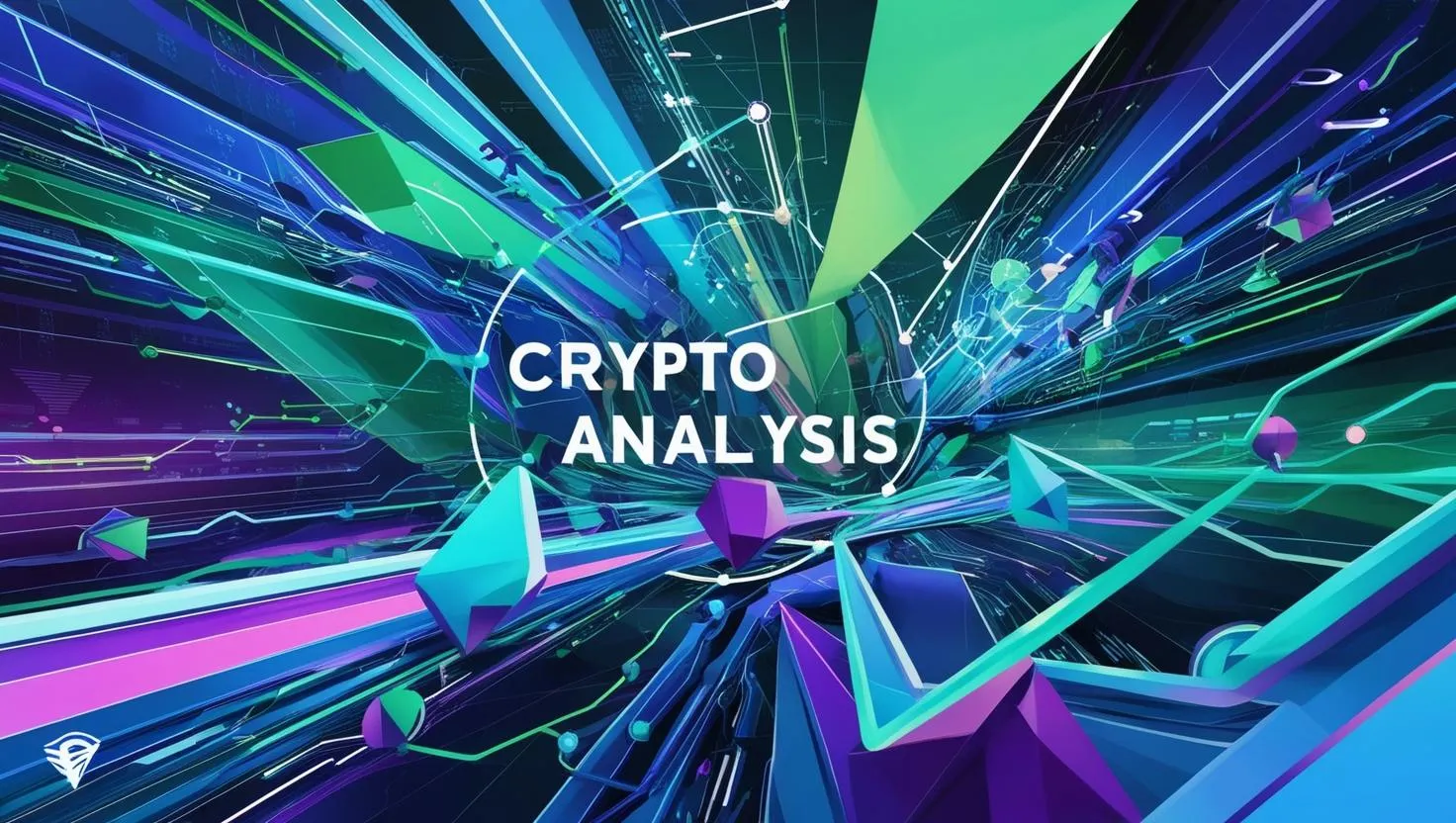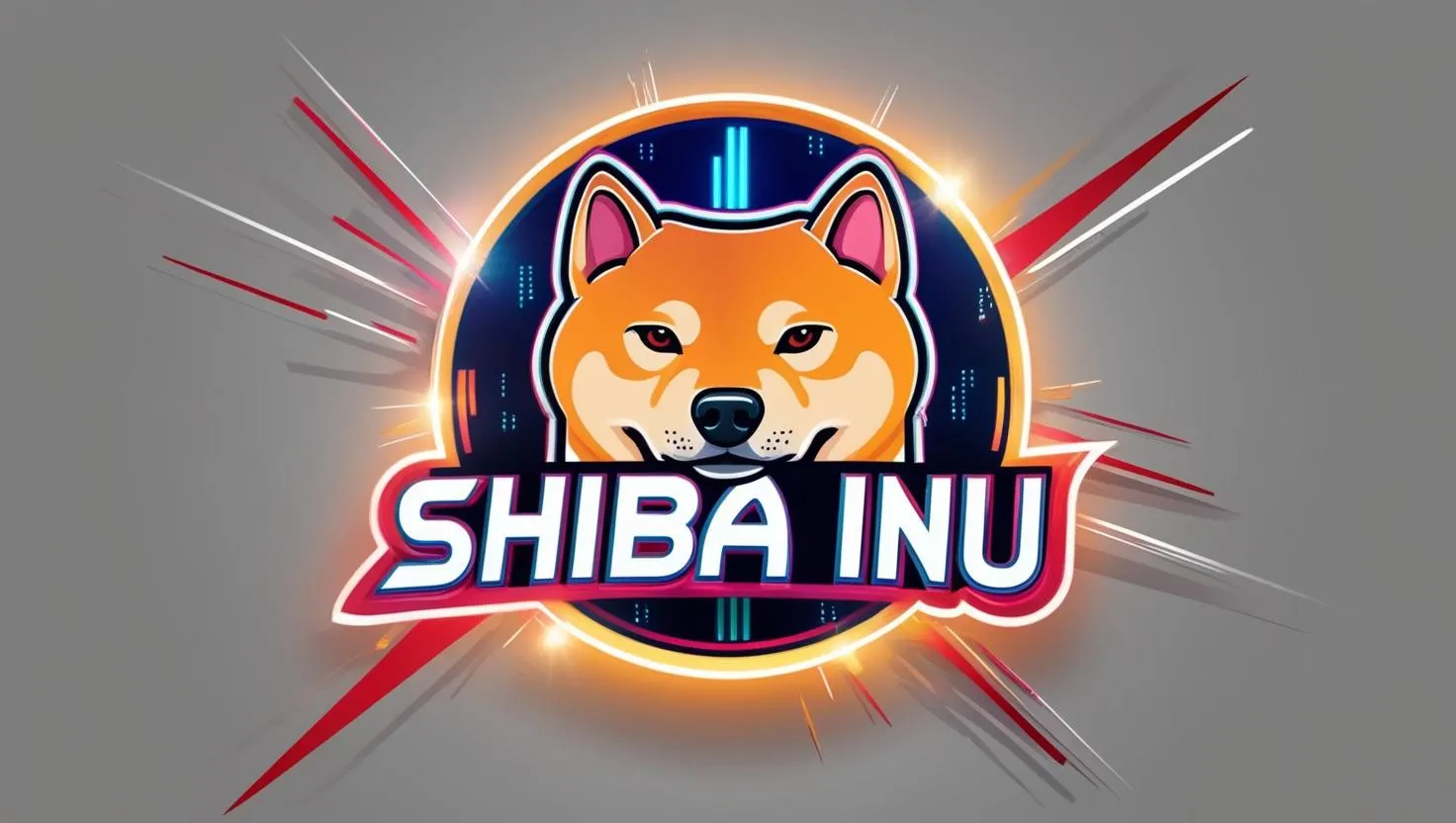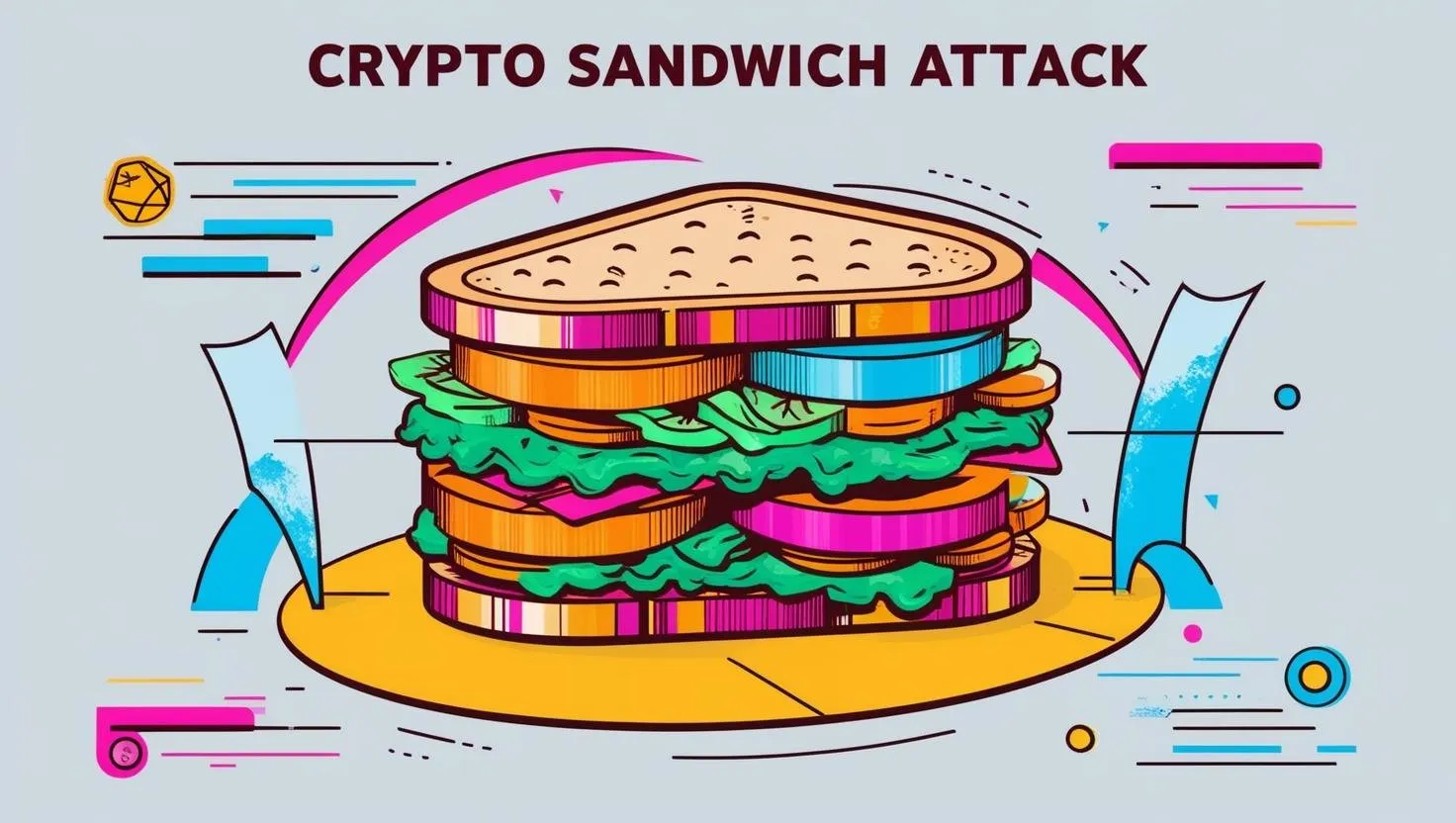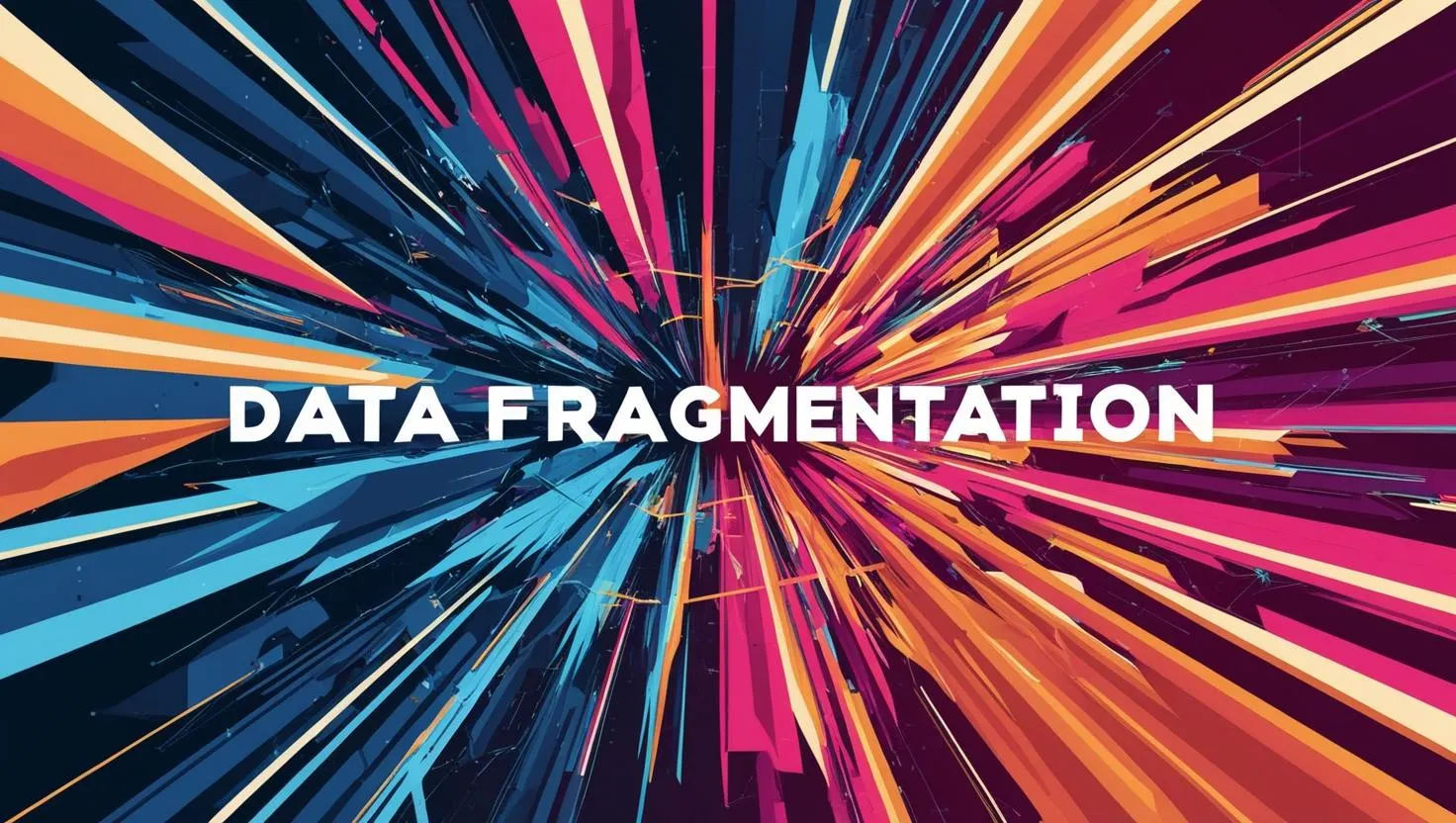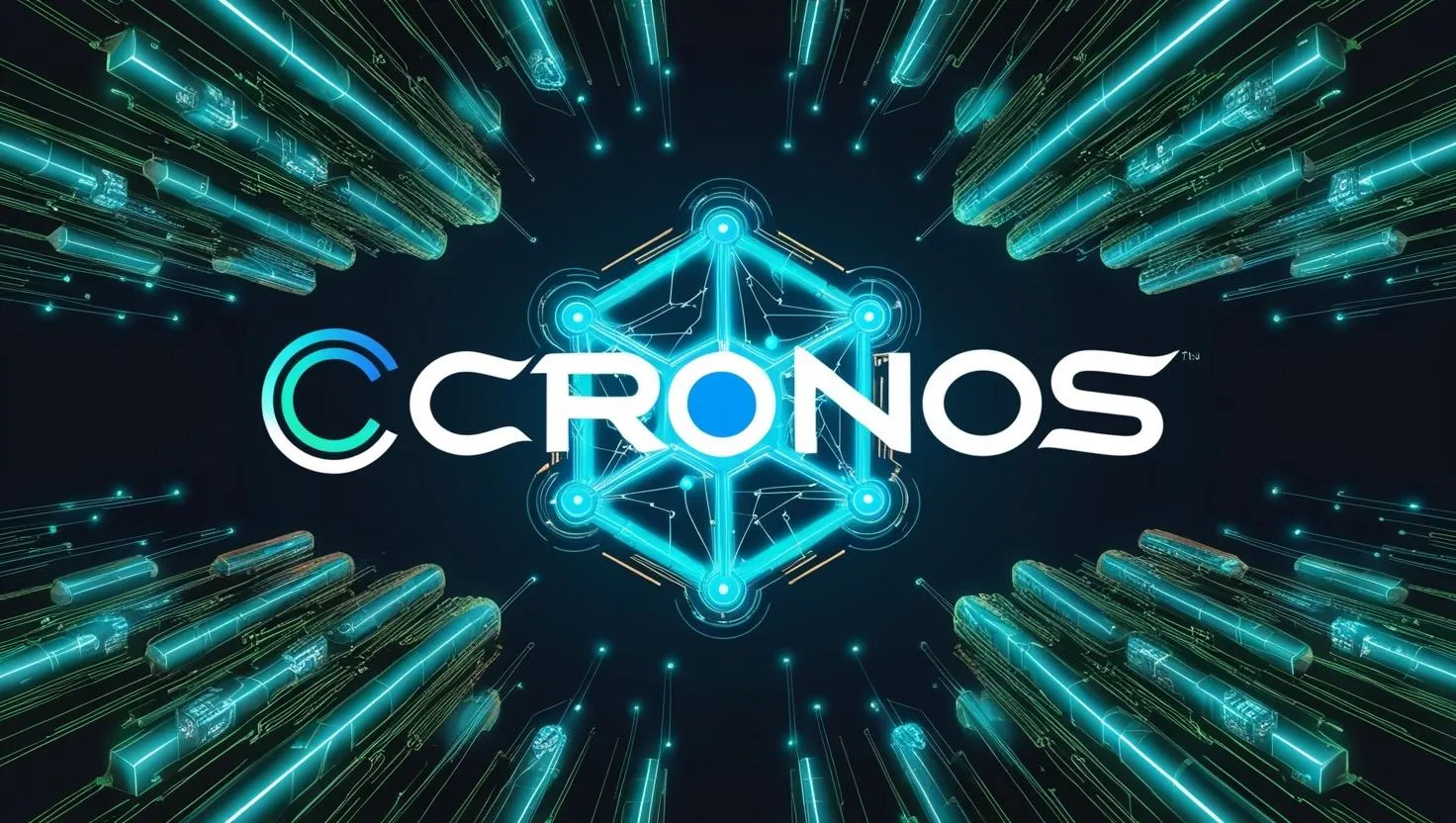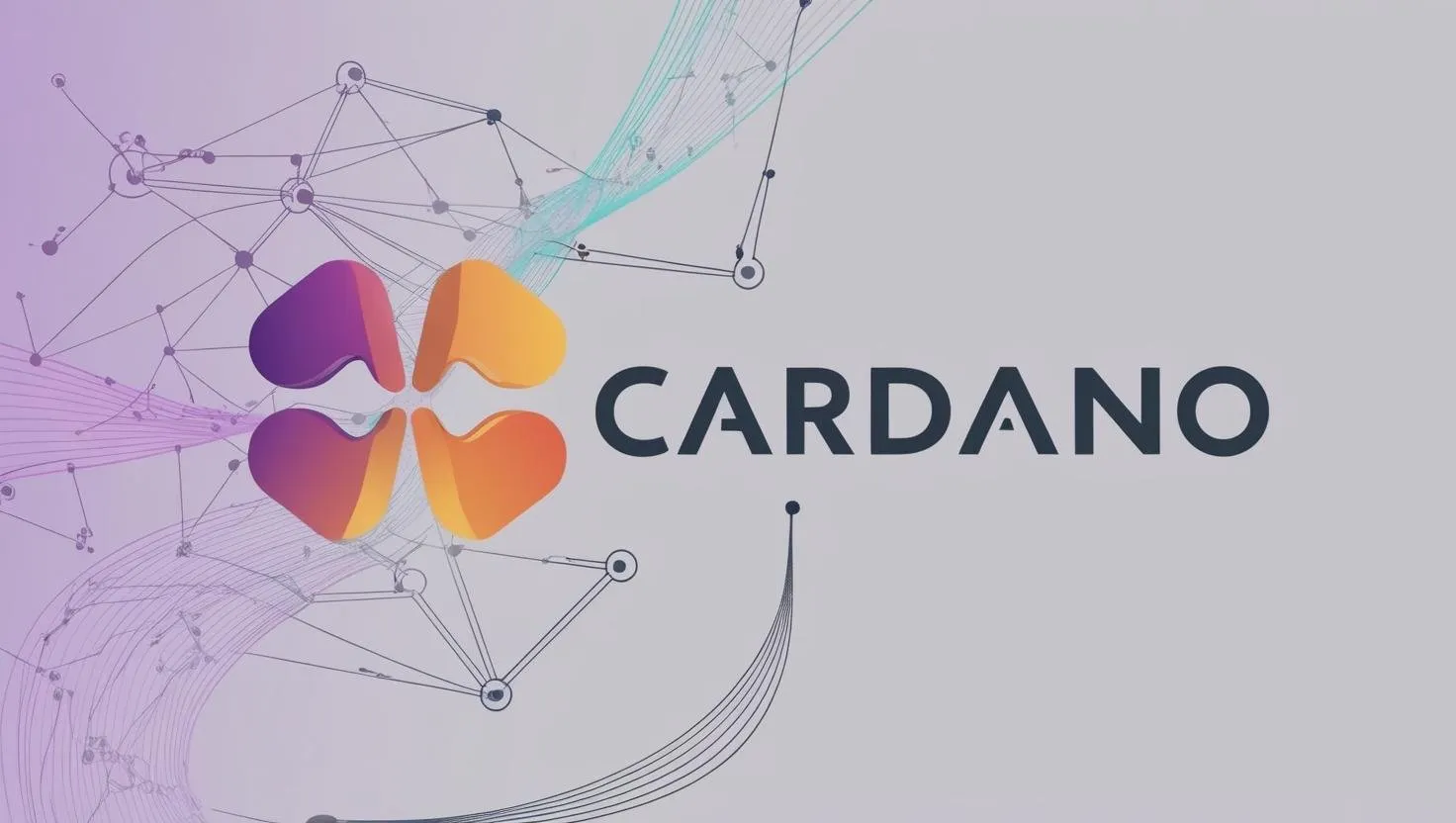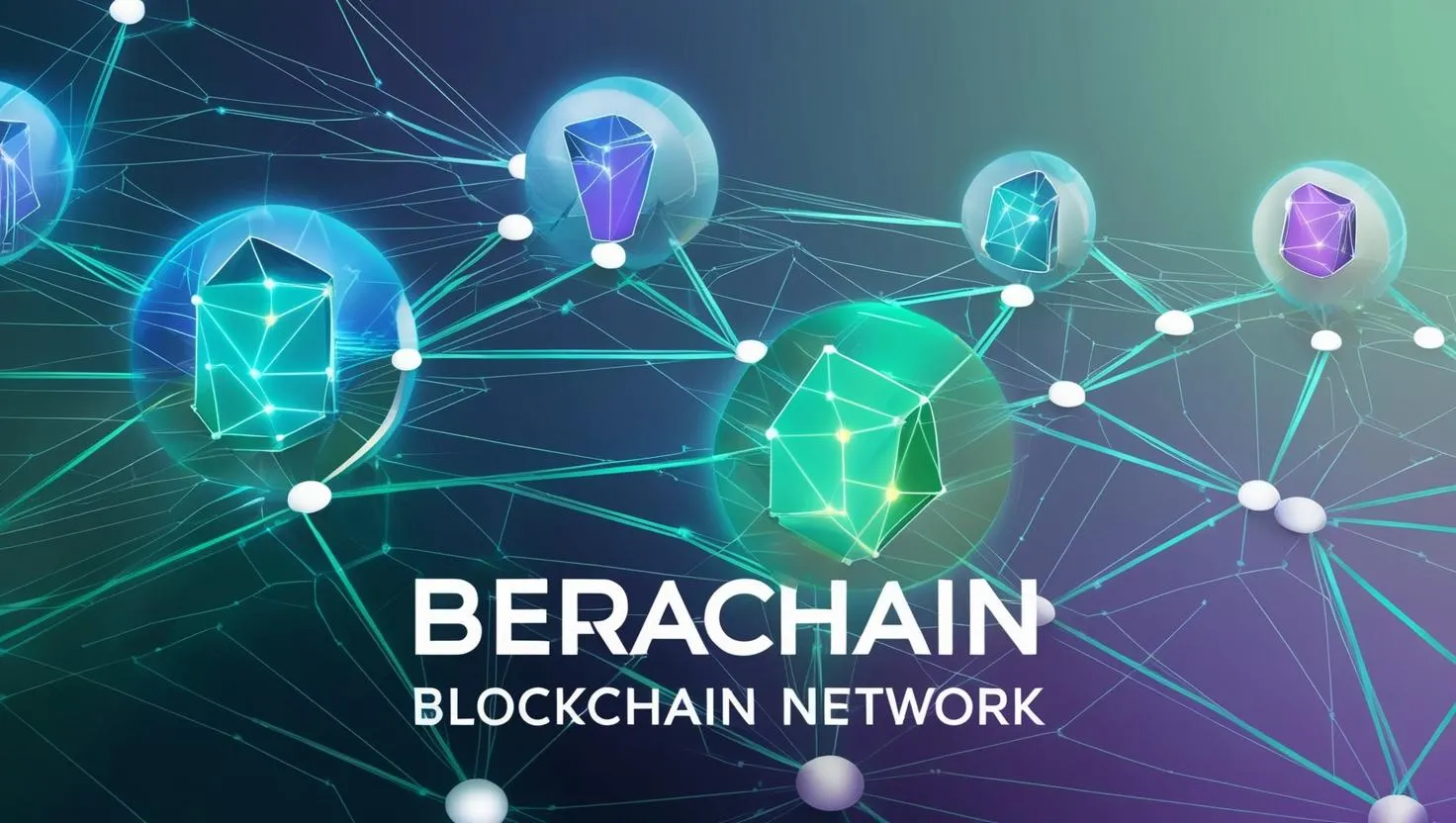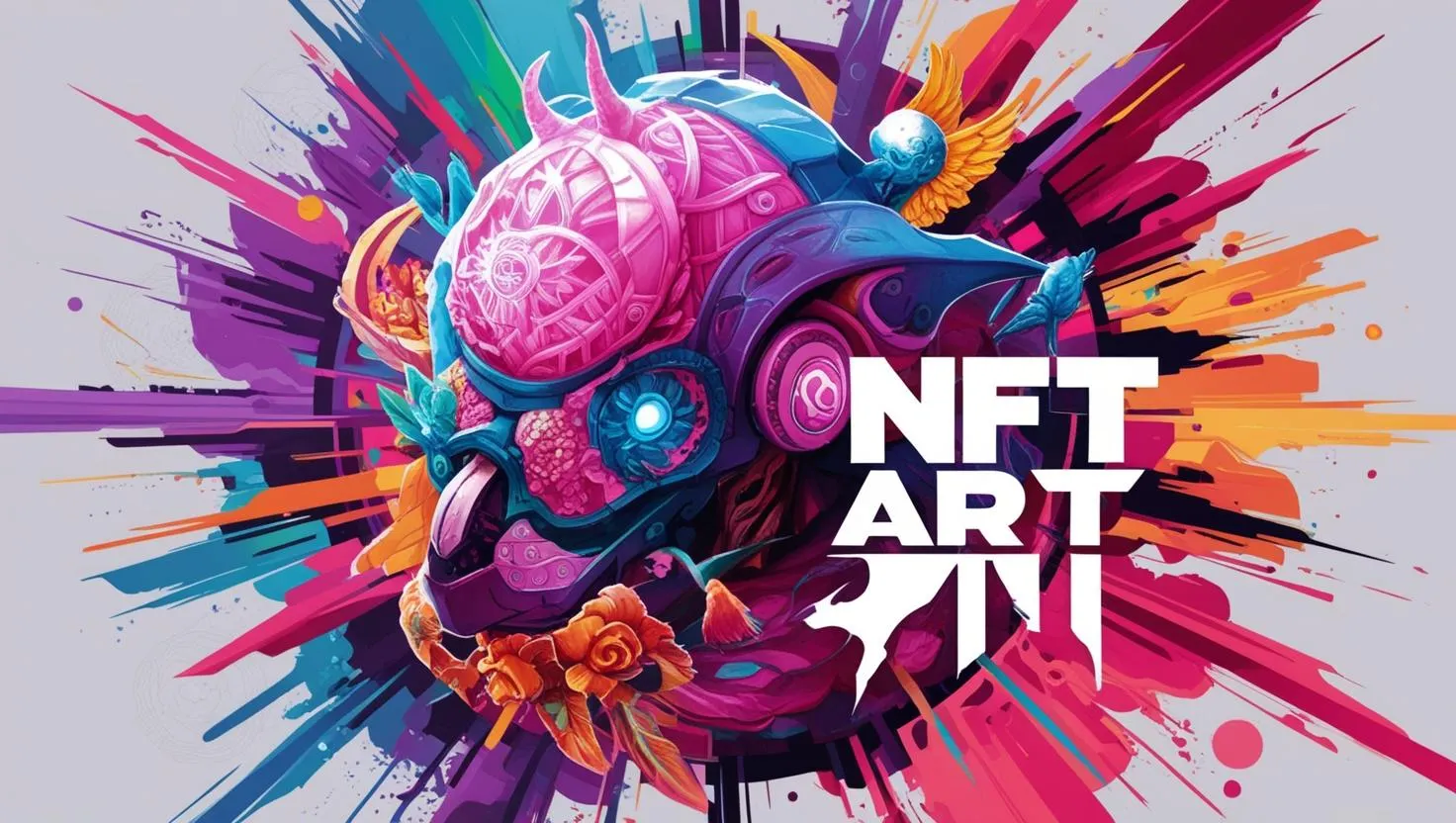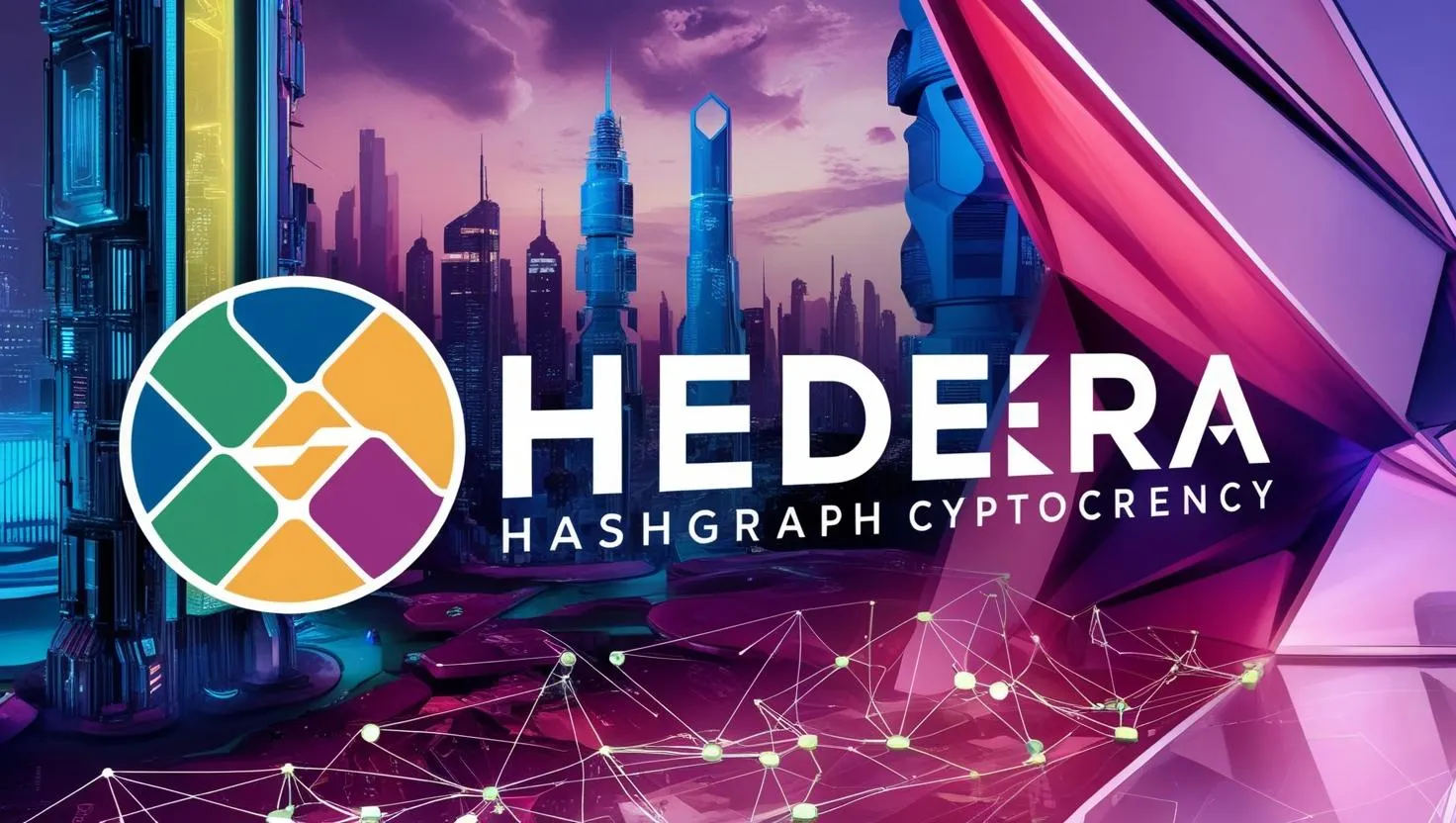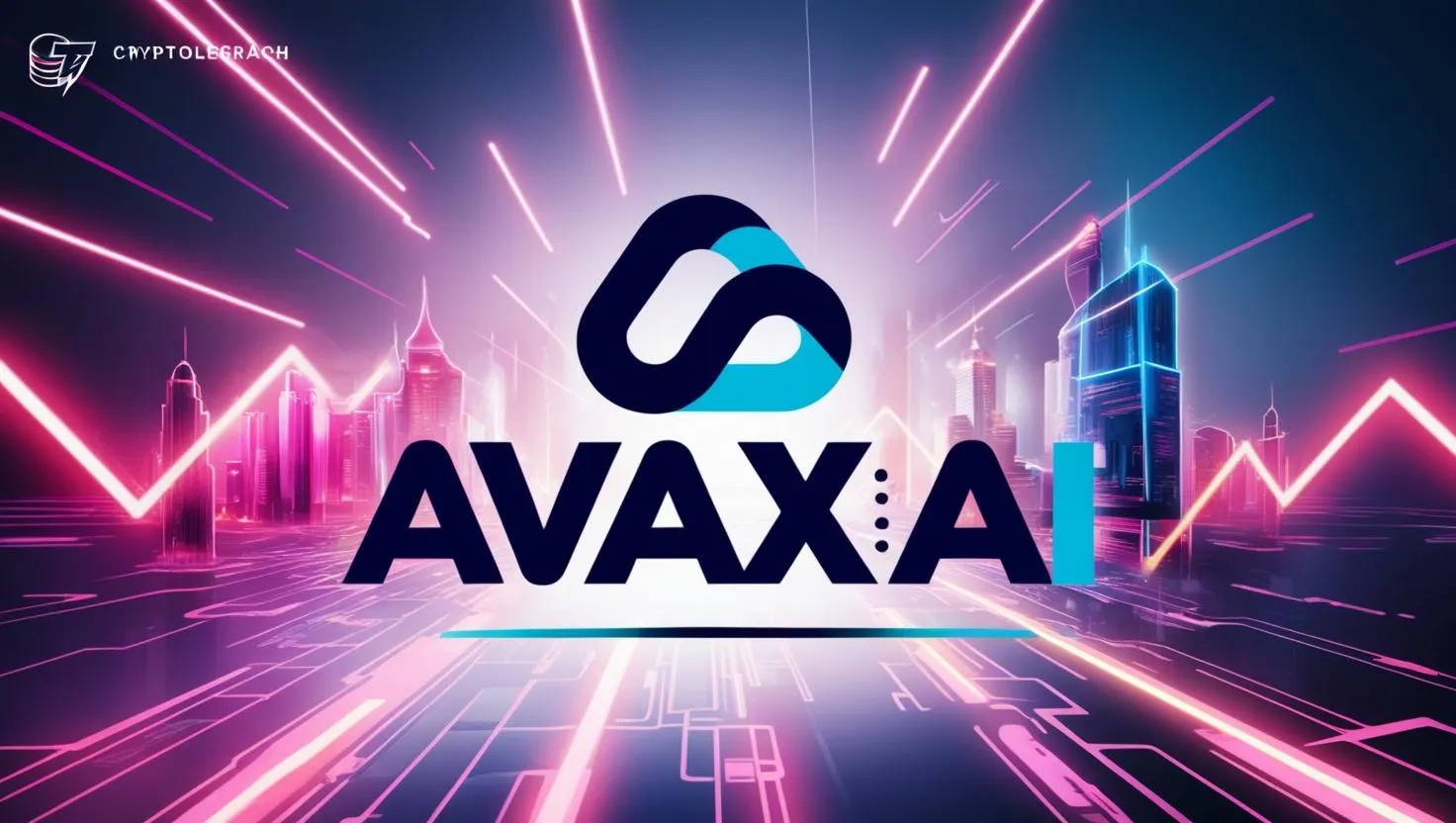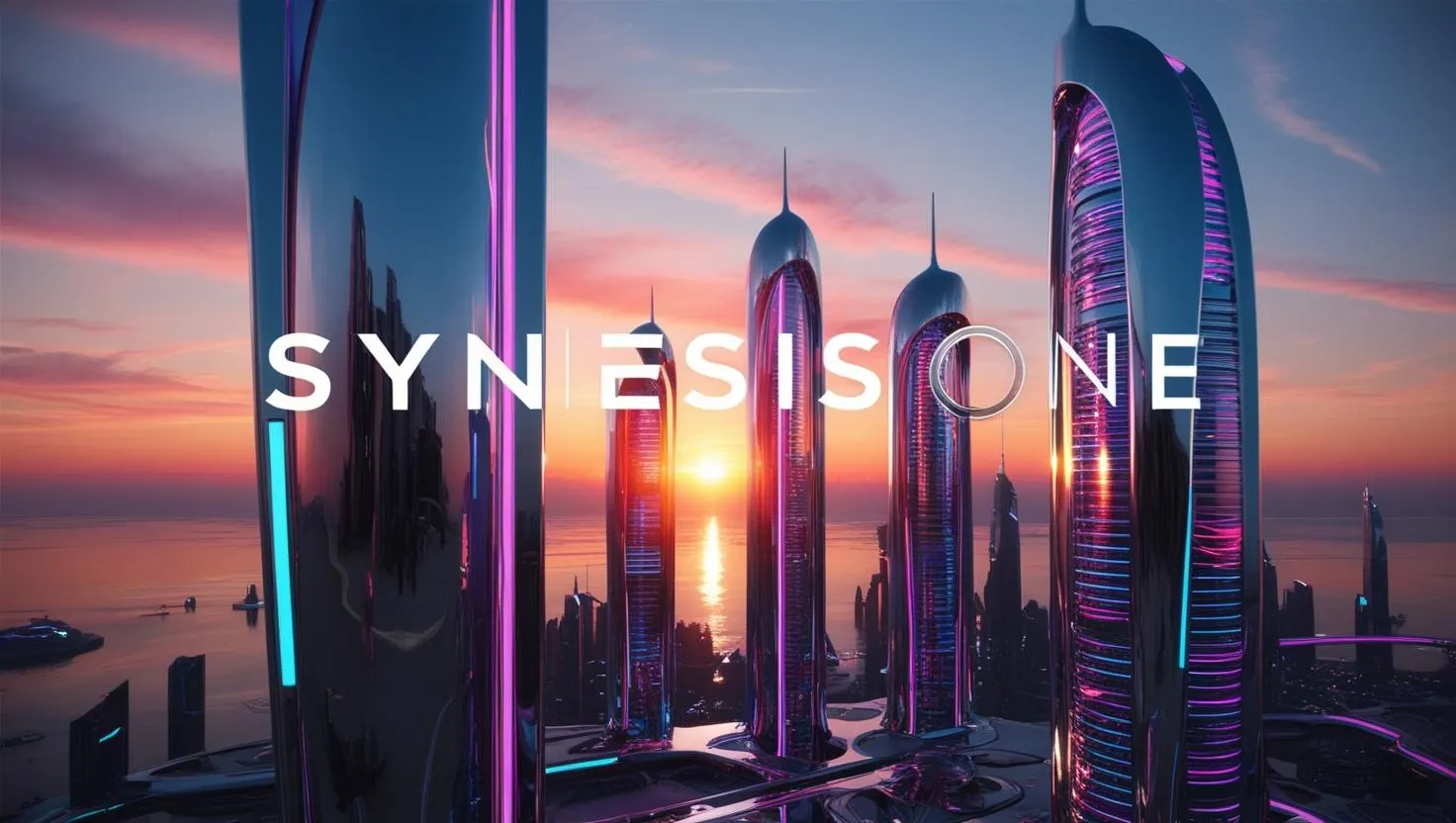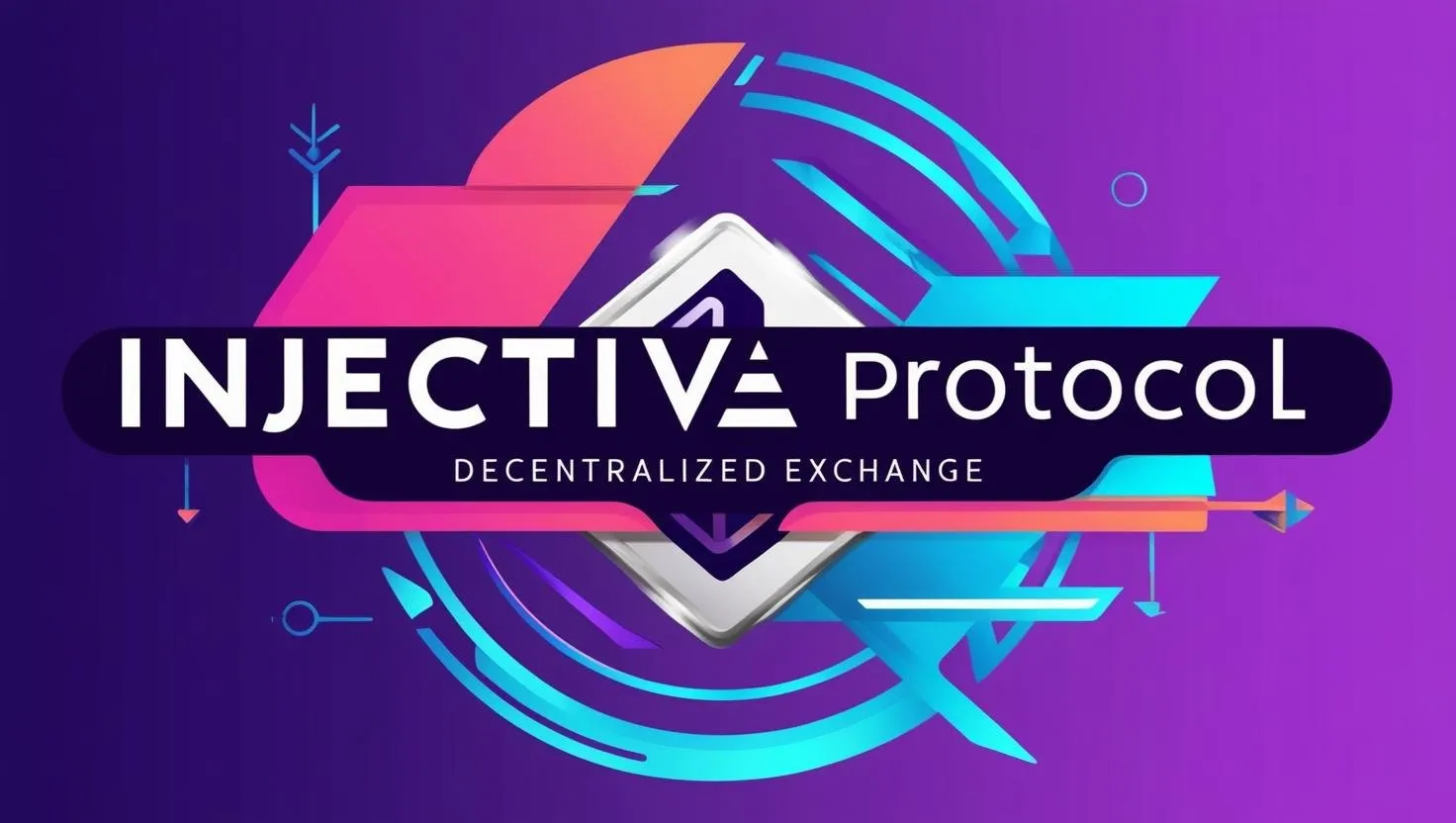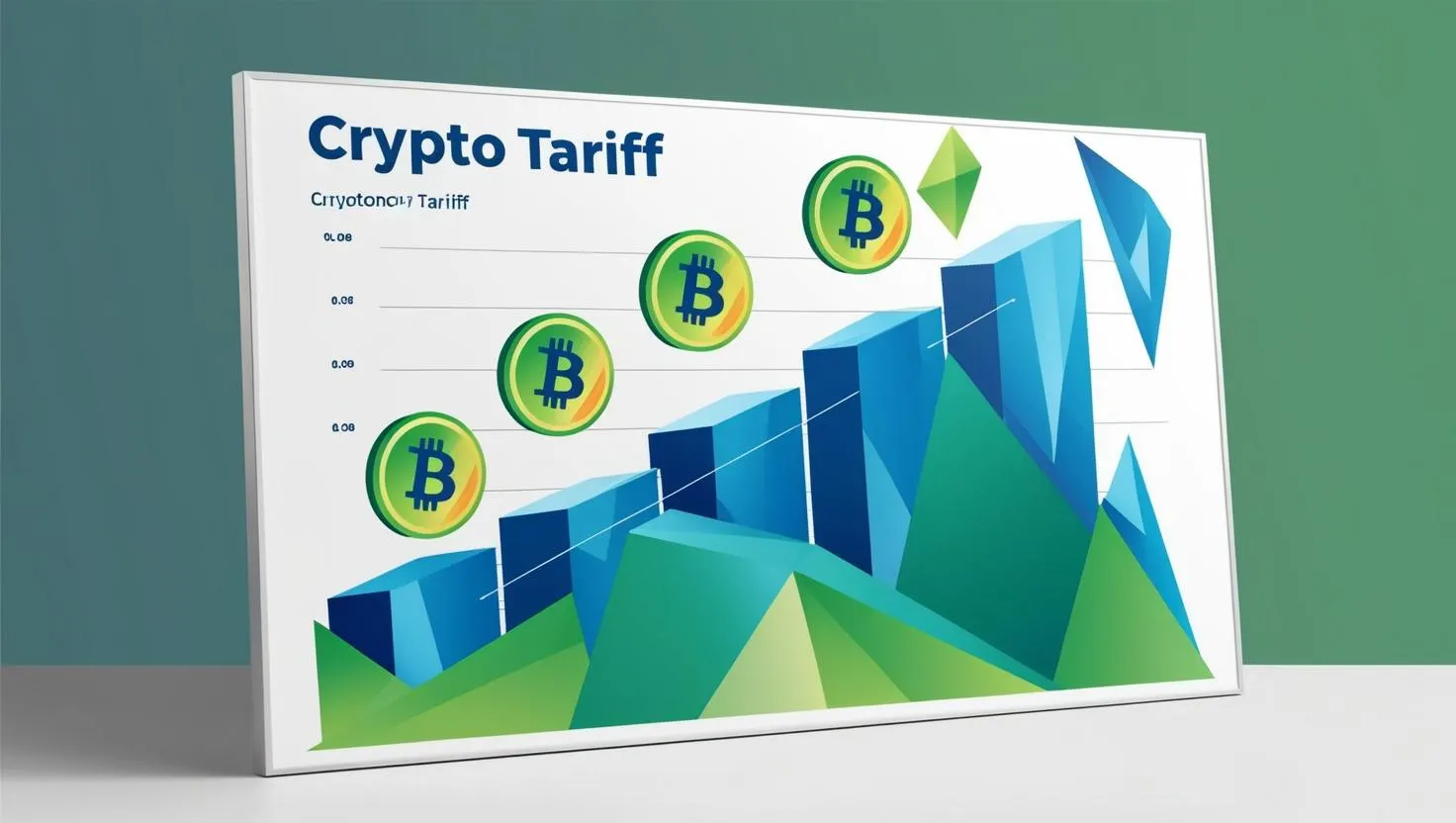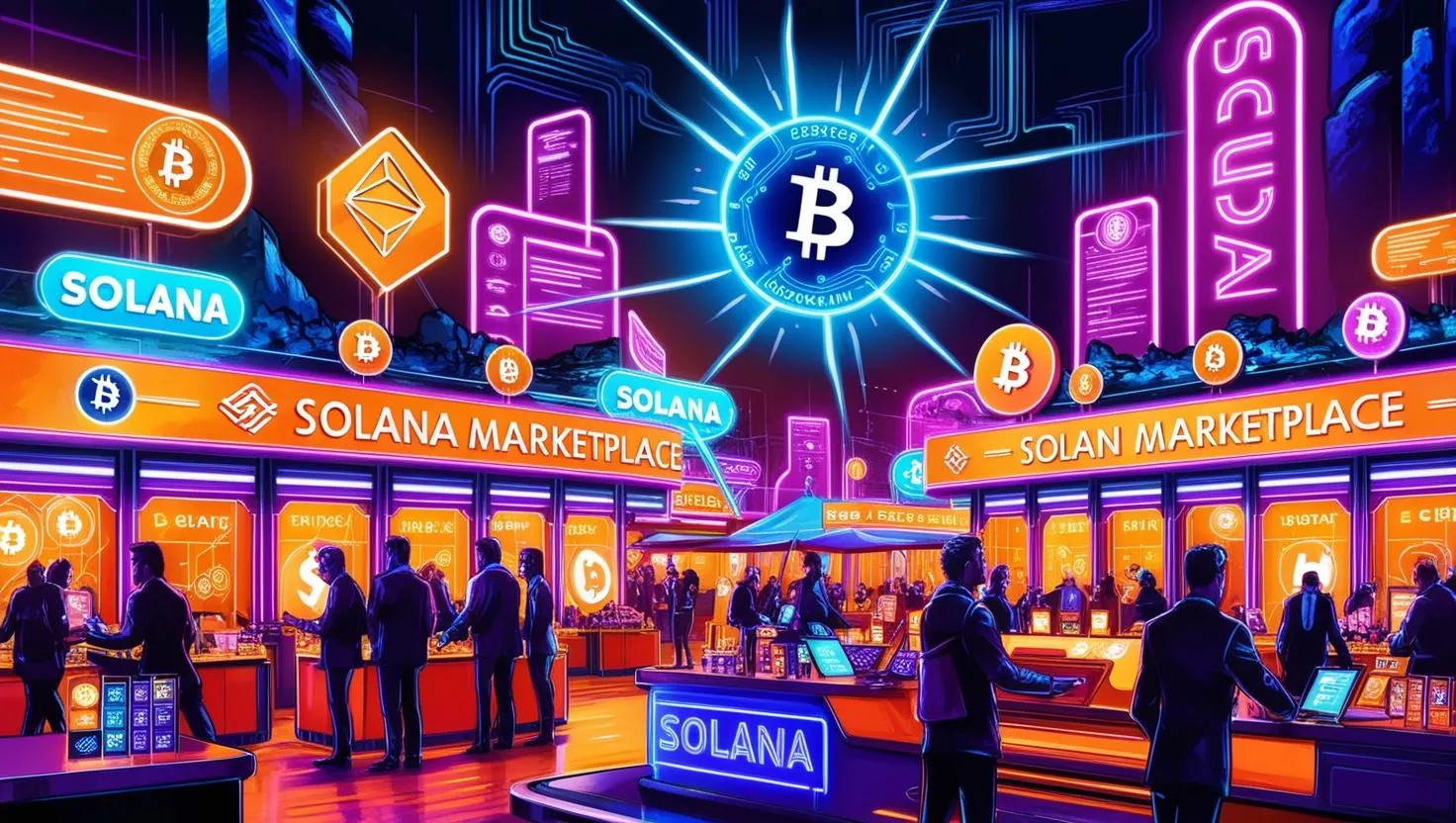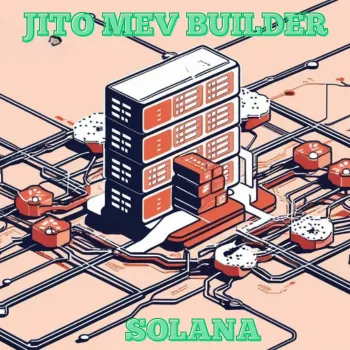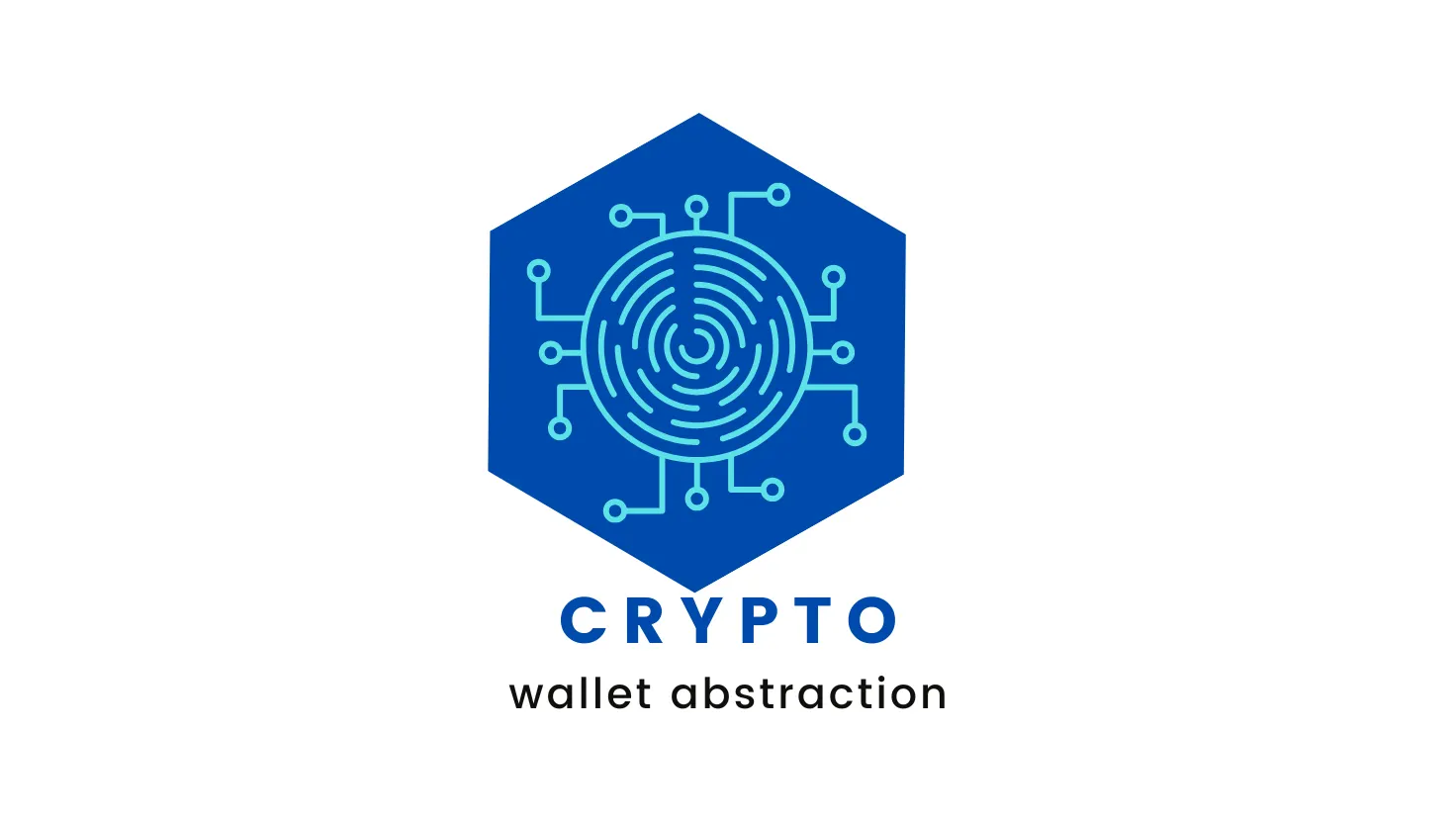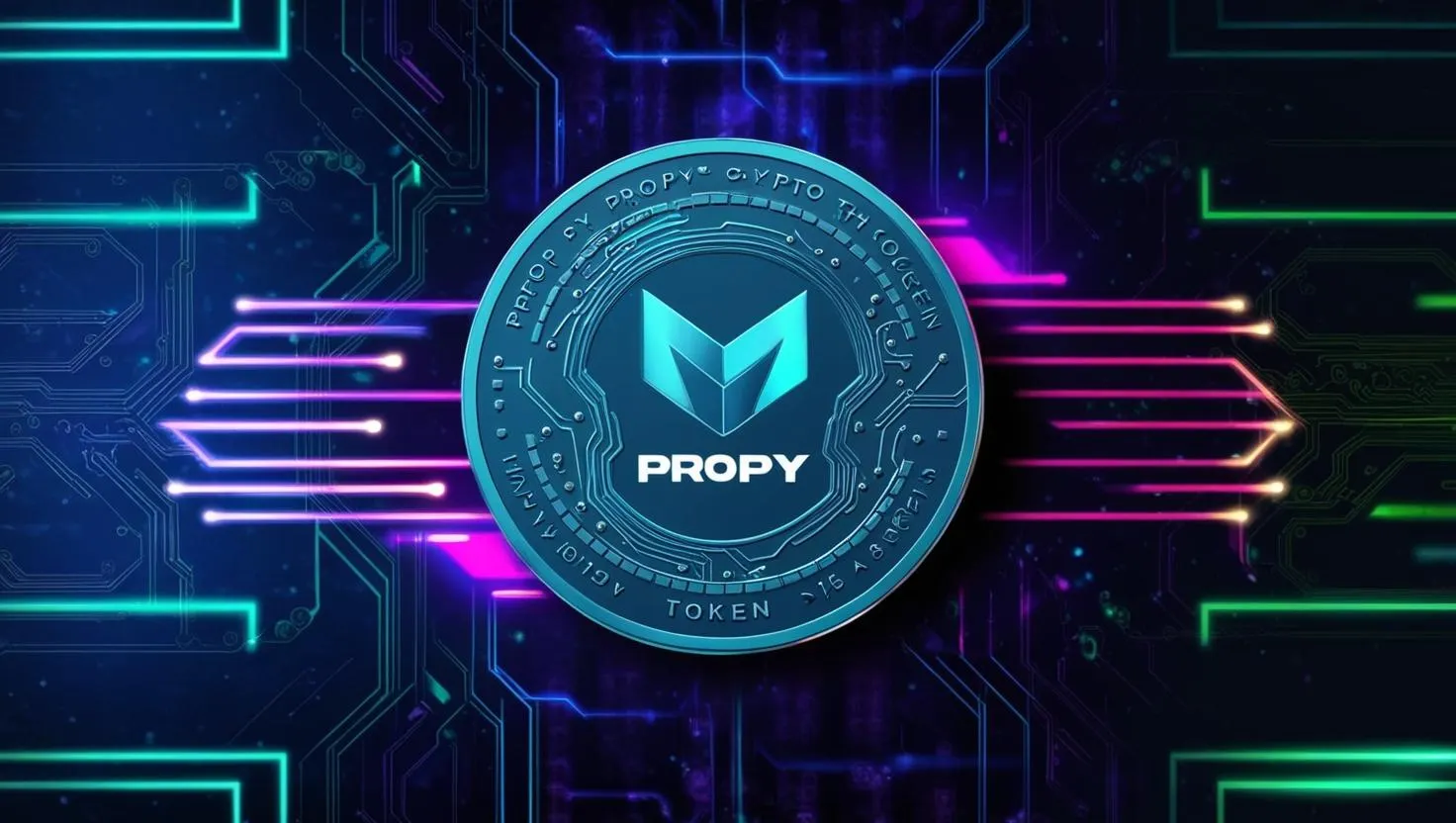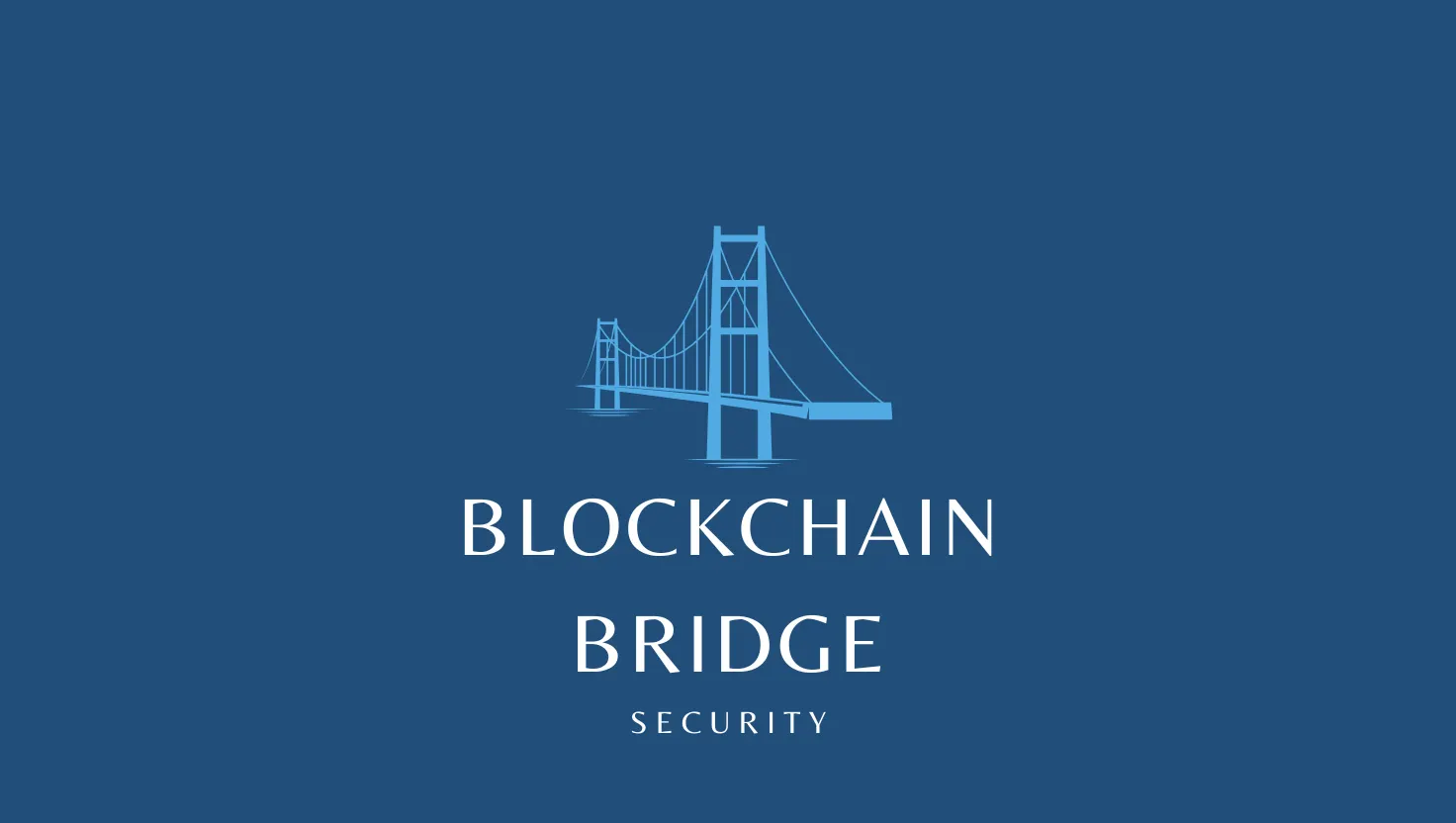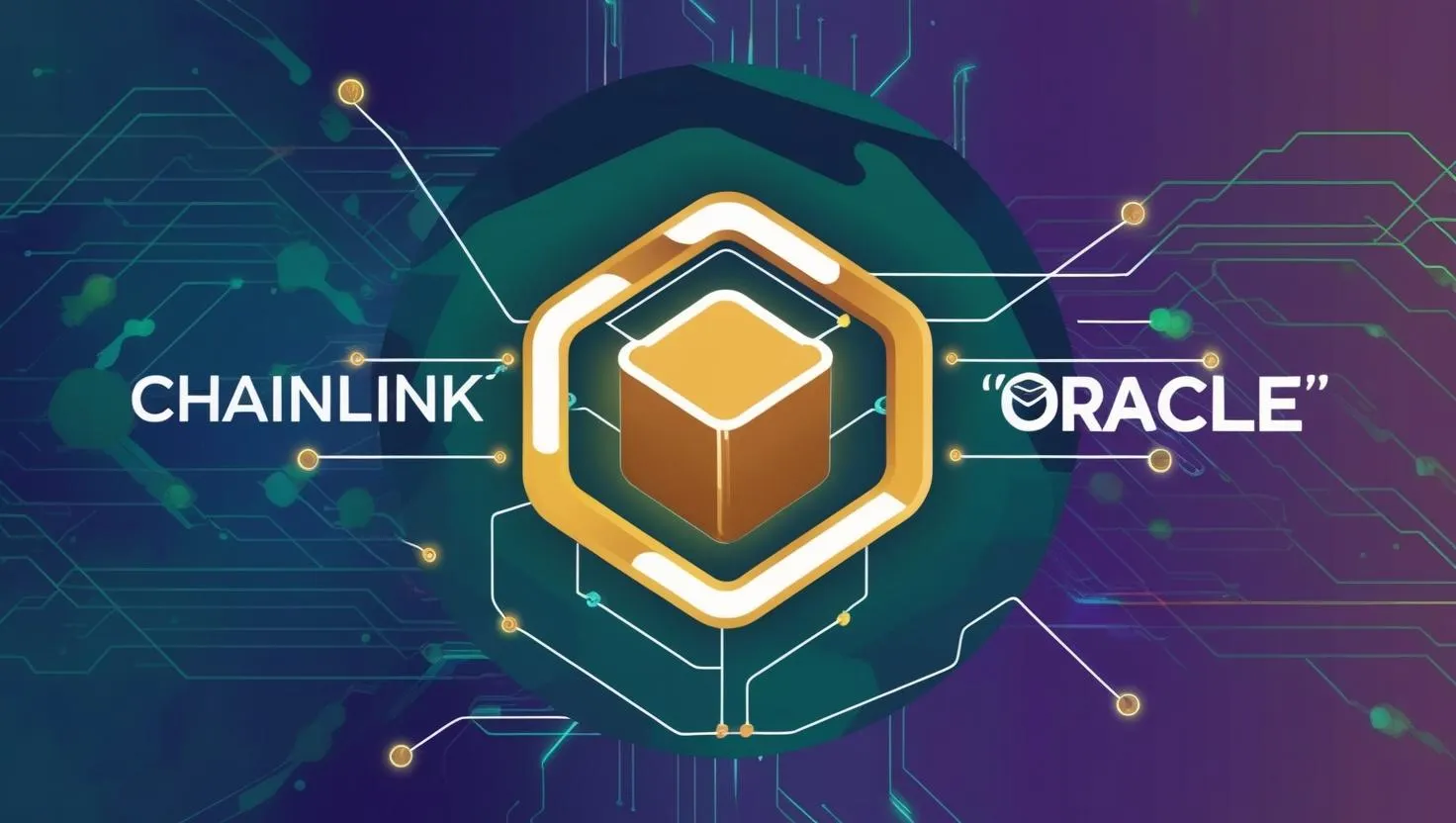The Most Used Blockchain AI Platform in 2025: Powering the Future
The convergence of blockchain and artificial intelligence (AI) is reshaping industries, from finance to healthcare, by combining the transparency and security of decentralized ledgers with the predictive and analytical prowess of AI. In 2025, blockchain AI platforms are at the forefront of this revolution, enabling decentralized data sharing, secure AI model training, and innovative applications like tokenized AI agents. But which platforms are leading the charge? In this article, we dive into the most used blockchain AI platforms, exploring their features, use cases, and why they’re dominating the space.
Understanding Blockchain AI Platforms
Blockchain AI platforms integrate AI technologies with blockchain’s decentralized infrastructure to solve problems like data privacy, scalability, and trust in AI systems. These platforms typically offer:
- Decentralized Data Marketplaces: Secure environments for sharing and monetizing data.
- AI Model Training and Deployment: Tools for collaborative, transparent AI model development.
- Tokenized Incentives: Cryptocurrencies or tokens to reward participants in the ecosystem.
- Smart Contracts: Automated, trustless agreements to execute AI-related tasks.
The most used platforms are those with robust ecosystems, high transaction volumes, active developer communities, and real-world adoption. Based on market trends, user sentiment, and industry reports from 2025, we’ll highlight the top contenders.
Leading Blockchain AI Platforms in 2025
- SingularityNET (AGIX)
Overview: SingularityNET is a pioneer in blockchain AI, aiming to create a decentralized marketplace for AI services. Founded by Dr. Ben Goertzel, it allows developers to publish, share, and monetize AI algorithms while enabling users to access a global pool of AI tools.
Key Features:- AI Marketplace: Developers can offer AI services (e.g., image recognition, NLP) as APIs, paid for in AGIX tokens.
- Decentralized Governance: Community-driven decisions ensure transparency.
- Interoperability: Supports integration with other blockchains like Ethereum and Cardano.
- Use Cases: Healthcare (predictive diagnostics), finance (algorithmic trading), and robotics (Sophia the Robot).
Why It’s Popular:
SingularityNET’s marketplace has seen significant adoption due to its user-friendly interface and diverse AI offerings. In 2025, it remains a go-to platform for enterprises seeking customizable AI solutions. Its partnerships with projects like Ocean Protocol and Fetch.ai (now part of the Artificial Superintelligence Alliance) have expanded its ecosystem, boosting transaction volumes and developer activity.Market Impact: With a market cap in the billions and consistent mentions in AI crypto rankings, SingularityNET’s AGIX token is a staple in portfolios. Its focus on democratizing AI access resonates with both retail and institutional users.
- Fetch.ai (FET)
Overview: Fetch.ai is a decentralized platform for autonomous AI agents that perform tasks like optimizing supply chains, trading energy, or managing IoT devices. It’s part of the Artificial Superintelligence Alliance, alongside SingularityNET and Ocean Protocol.
Key Features:- Autonomous Economic Agents (AEAs): AI agents that operate independently, executing tasks via smart contracts.
- Decentralized Machine Learning: Enables collaborative model training without compromising data privacy.
- Scalability: Built on a high-throughput blockchain optimized for AI workloads.
- Use Cases: Smart cities (traffic optimization), DeFi (automated trading), and logistics (supply chain efficiency).
Why It’s Popular:
Fetch.ai’s focus on practical, real-world applications has driven adoption in 2025. Its AEAs are particularly appealing for businesses automating complex processes. The platform’s integration with Cosmos and Ethereum ecosystems ensures interoperability, while its FET token sees high trading volume due to speculative interest and utility.Market Impact: Fetch.ai’s market cap ranks it among the top AI cryptos, with strong community sentiment on platforms like X. Its ability to bridge AI and IoT makes it a favorite for futuristic use cases. - Ocean Protocol (OCEAN)
Overview: Ocean Protocol is a decentralized data exchange platform that enables secure data sharing and monetization for AI applications. It’s designed to give data owners control while allowing AI developers to access high-quality datasets.
Key Features:- Data Marketplaces: Users can tokenize and sell data as NFTs or fungible tokens.
- Privacy-Preserving Compute: Compute-to-Data ensures data remains private during AI model training.
- Interoperability: Compatible with Ethereum, Polygon, and other EVM chains.
- Use Cases: Healthcare (sharing patient data securely), automotive (monetizing vehicle data), and research (crowdsourcing datasets).
Why It’s Popular:
In 2025, Ocean Protocol’s emphasis on data sovereignty aligns with growing concerns about privacy in AI. Its Compute-to-Data feature is a game-changer, enabling secure AI training without exposing sensitive data. The platform’s integration with the Artificial Superintelligence Alliance has amplified its reach, and its OCEAN token is widely traded.Market Impact: Ocean Protocol’s market cap and transaction volume reflect its dominance in the data economy. It’s a critical infrastructure for AI platforms needing reliable, decentralized data sources. - Bittensor (TAO)
Overview: Bittensor is a decentralized machine learning network that incentivizes collaborative AI model training. It operates as a “peer-to-peer intelligence market” where nodes contribute computational resources and are rewarded with TAO tokens.Key Features:
- Decentralized ML Training: Nodes compete to improve AI models, earning rewards based on performance.
- Open-Source Ecosystem: Encourages community-driven innovation.
- High Scalability: Designed to handle large-scale AI computations.
- Use Cases: Natural language processing, image generation, and predictive analytics.
Why It’s Popular:
Bittensor’s unique approach to crowdsourcing AI intelligence has gained traction in 2025, especially among developers. Its protocol upgrades and active community on X have earned it the “sentiment crown” in AI-blockchain discussions. The platform’s focus on open-source AI aligns with the ethos of decentralization, driving adoption.Market Impact: Bittensor’s TAO token has surged in value, reflecting strong market confidence. Its niche in decentralized ML makes it a standout for cutting-edge AI research. - ChainGPT (CGPT)
Overview: ChainGPT combines blockchain with generative AI, offering tools like AI-powered chatbots, NFT generators, and smart contract auditors. It aims to make AI accessible to crypto developers and businesses.
Key Features:- AI Tools Suite: Includes AI-driven code generation, market analysis, and content creation.
- Tokenized Incentives: CGPT tokens reward users and developers in the ecosystem.
- User-Friendly Interface: Designed for non-technical users.
- Use Cases: Marketing (AI-generated content), DeFi (smart contract auditing), and gaming (NFT creation).
Why It’s Popular:
ChainGPT’s plug-and-play AI tools have made it a favorite for crypto startups and small businesses in 2025. Its focus on practical, user-friendly solutions has driven high transaction volumes and community engagement. The platform’s rapid growth is highlighted in industry reports, positioning it as a rising star.Market Impact: While newer than its peers, ChainGPT’s CGPT token has gained traction due to its utility and speculative appeal. Its accessibility makes it a go-to for crypto-native AI applications.Honorable Mentions
- The Graph (GRT): A decentralized indexing protocol for querying blockchain data, often used by AI platforms to access on-chain information. Its role in DeFi and Web3 ecosystems makes it indispensable.
- Akash Network (AKT): A decentralized cloud computing platform that supports AI workloads with cost-effective, scalable infrastructure. It’s gaining traction for hosting AI models.
- Matrix AI Network (MAN): Integrates AI with blockchain for applications like IoT and healthcare. It’s less prominent but growing steadily.
Why These Platforms Dominate
The most used blockchain AI platforms in 2025 share several traits:
- Active Ecosystems: High transaction volumes, developer activity, and dApp deployments reflect robust usage. For example, SingularityNET and Fetch.ai boast thousands of daily transactions.
- Real-World Adoption: Use cases in healthcare, finance, and logistics demonstrate tangible impact, driving enterprise interest.
- Community and Sentiment: Platforms like Bittensor and ChainGPT benefit from strong social media presence and positive sentiment on X.
- Interoperability: Compatibility with major blockchains like Ethereum and Polygon ensures flexibility and broader adoption.
- Market Performance: Tokens like FET, AGIX, and TAO rank among the top AI cryptos by market cap, reflecting investor confidence.
Challenges and Future Outlook
Despite their success, blockchain AI platforms face challenges:
- Scalability: High-throughput blockchains are needed to handle AI’s computational demands. Platforms like Fetch.ai and Bittensor are addressing this with optimized architectures.
- Regulatory Uncertainty: Data privacy and AI ethics regulations could impact decentralized platforms, especially in healthcare and finance.
- Competition: The crowded AI crypto space requires platforms to differentiate through innovation and partnerships.
Looking ahead, the blockchain AI market is projected to reach $2.8 billion by 2033, with a CAGR of 23.1%. The Artificial Superintelligence Alliance’s efforts to unify SingularityNET, Fetch.ai, and Ocean Protocol could set a precedent for collaborative ecosystems, potentially dominating the market. Meanwhile, platforms like Bittensor and ChainGPT are likely to capture niche segments with their specialized offerings.
Conclusion
In 2025, SingularityNET, Fetch.ai, Ocean Protocol, Bittensor, and ChainGPT stand out as the most used blockchain AI platforms, each excelling in unique areas like AI marketplaces, autonomous agents, data exchanges, decentralized ML, and generative AI tools. Their popularity stems from robust technology, real-world applications, and strong community support. As the blockchain AI sector grows, these platforms are poised to lead the charge, unlocking new possibilities for decentralized intelligence.
For crypto enthusiasts and businesses alike, exploring these platforms offers a glimpse into the future of AI and blockchain. Whether you’re a developer building the next AI dApp or an investor eyeing the next big token, these platforms are shaping the decentralized revolution. Keep an eye on their roadmaps and community updates on X to stay ahead in this dynamic space.
Sources:
- DappRadar: Top Blockchains
- CoinMarketCap: Top AI & Big Data Tokens
- CoinGecko: Top AI Coins
- Securities.io: Top 10 AI Blockchain Projects
- Originality.ai: Top 100 AI Crypto List
- ChainGPT Official Website
- Market.us: Blockchain AI Market Size
- X Posts: Sentiment on AI-Blockchain Projects
Note: Market data and rankings are based on information available as of May 19, 2025. Always conduct your own research before investing or building on these platforms.


